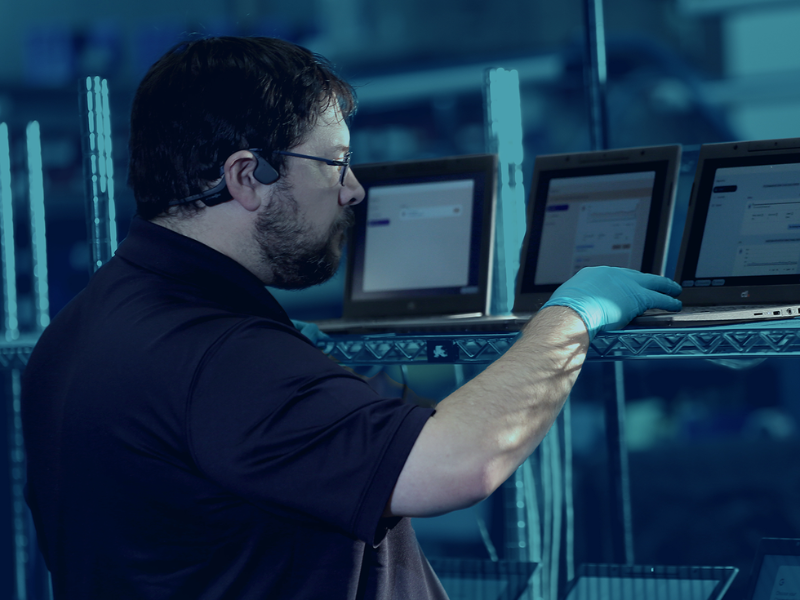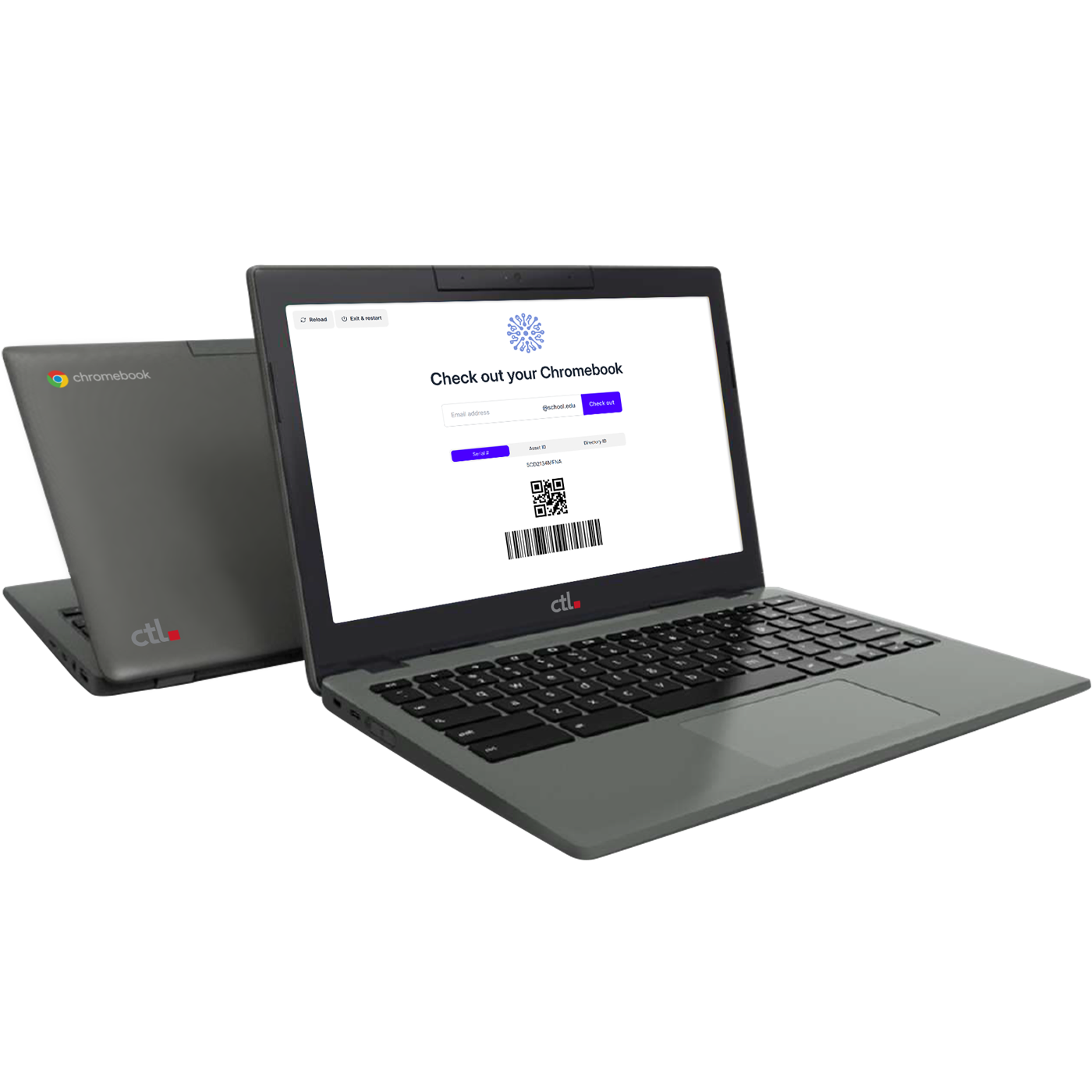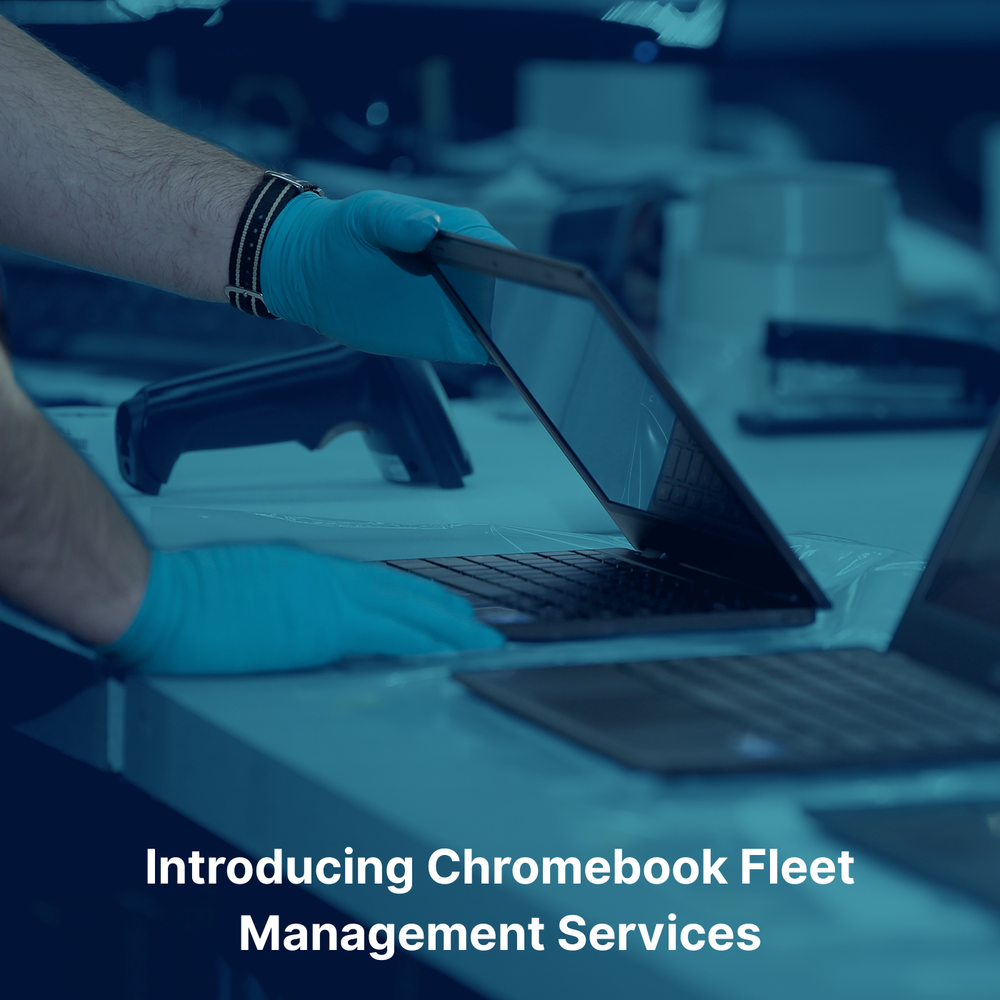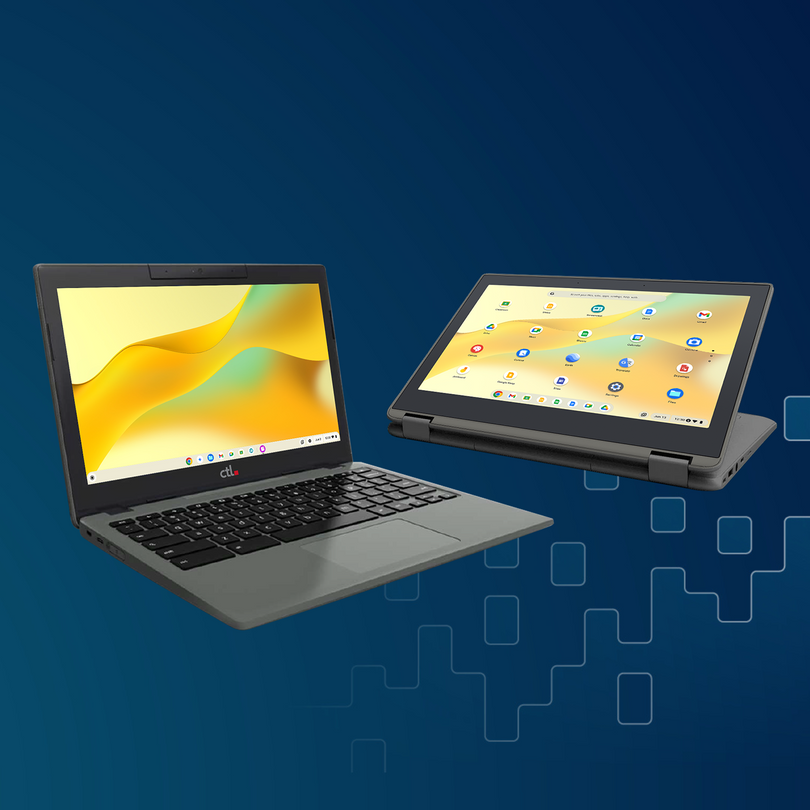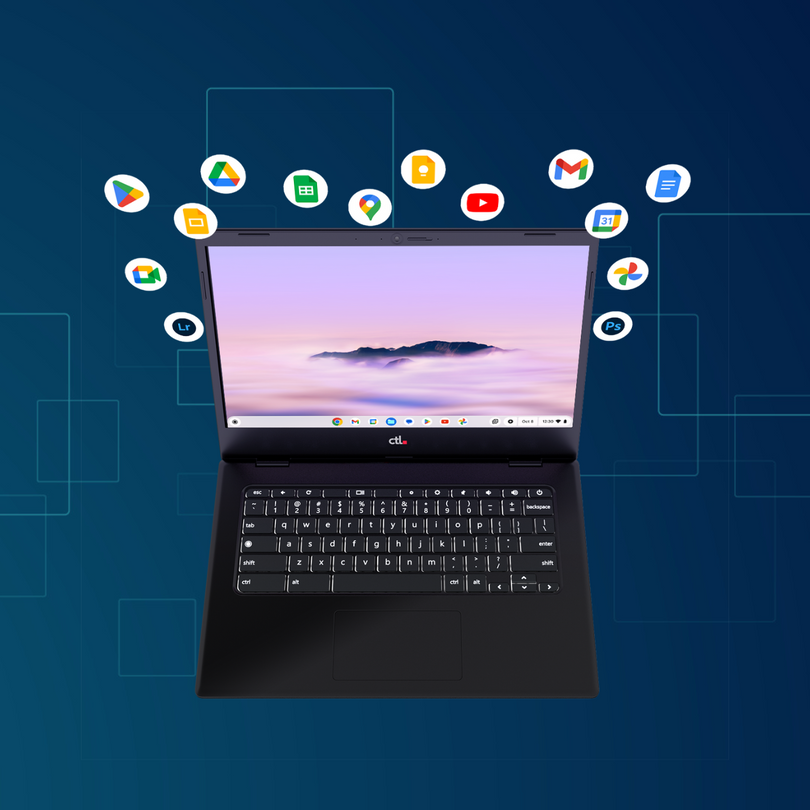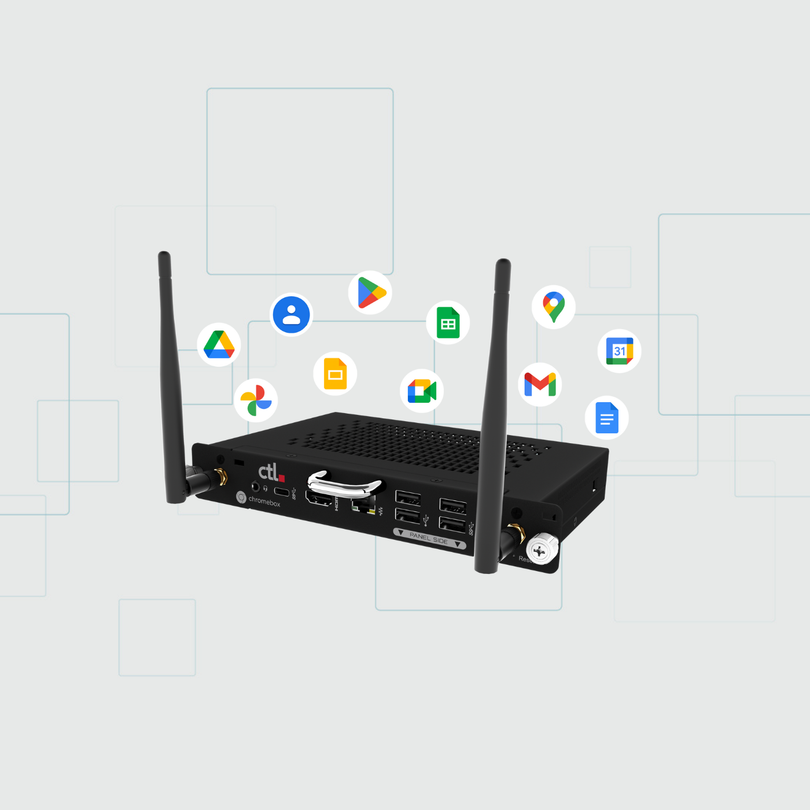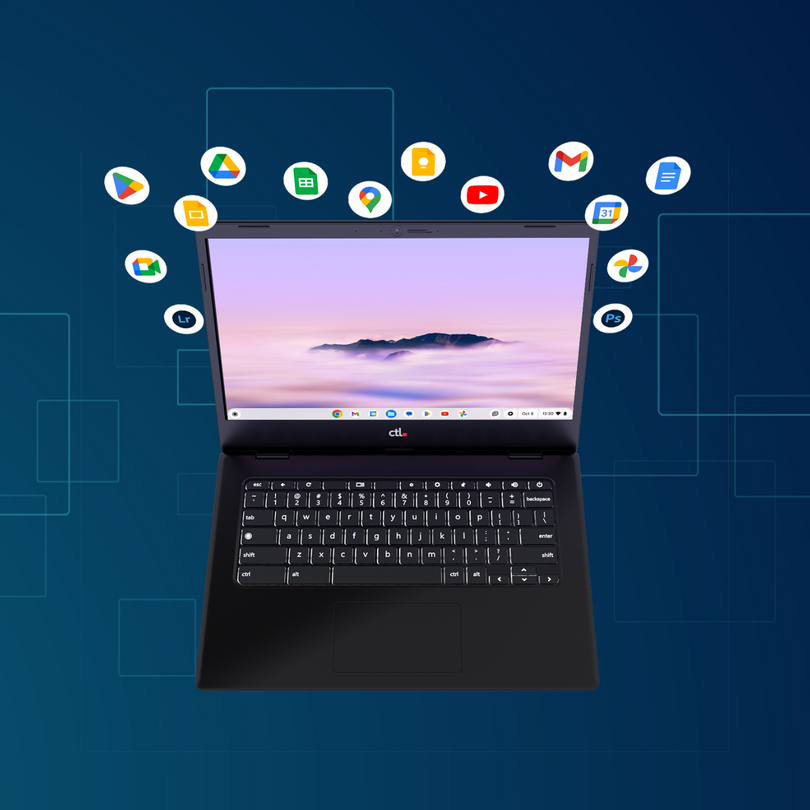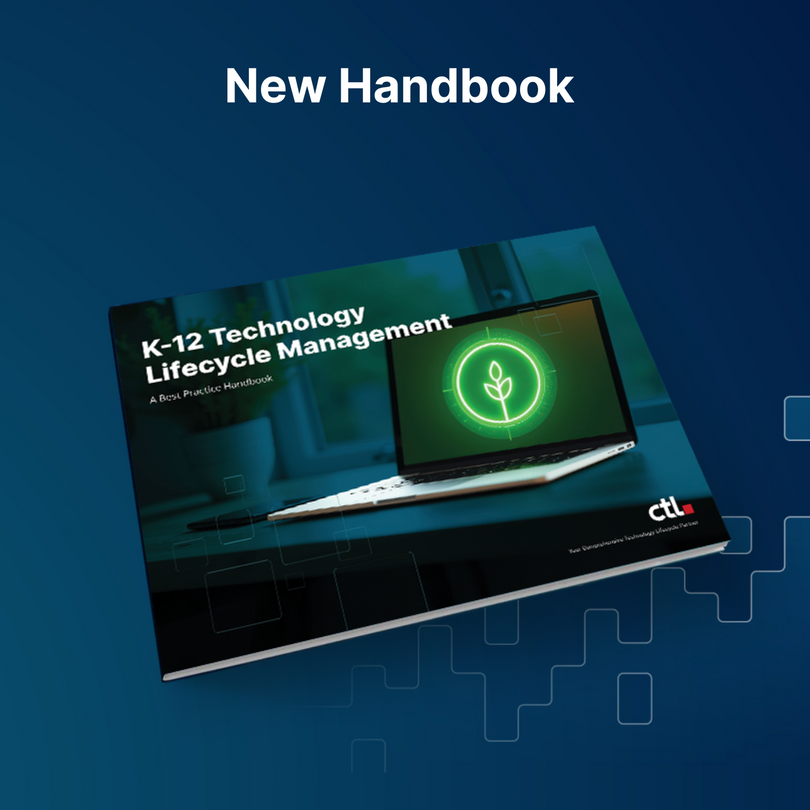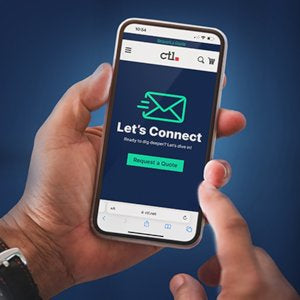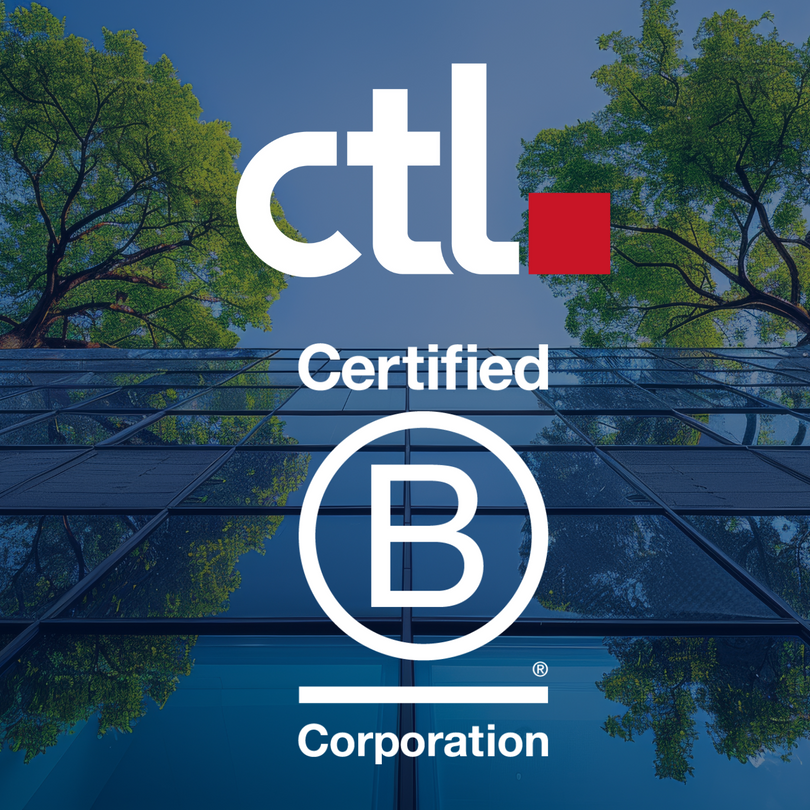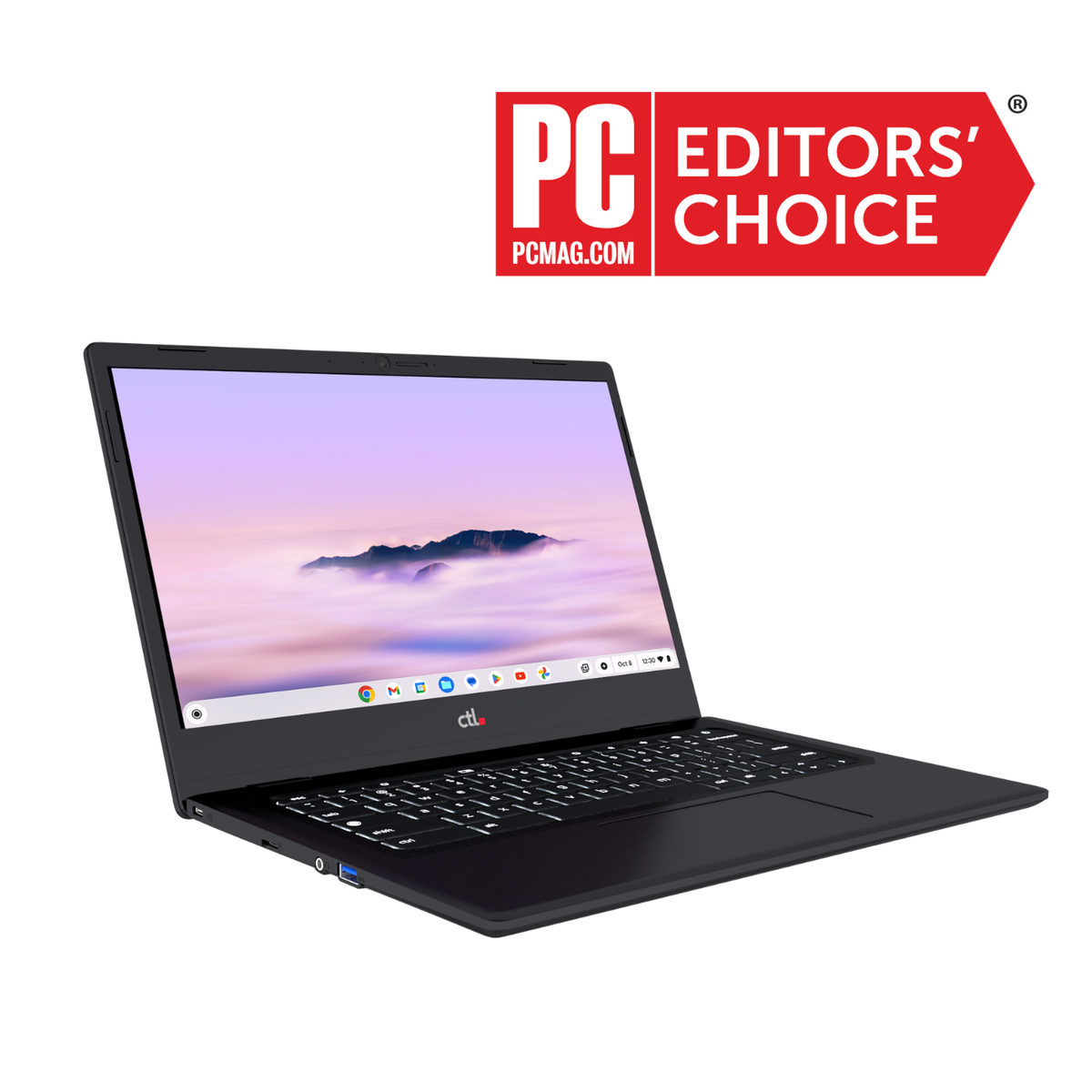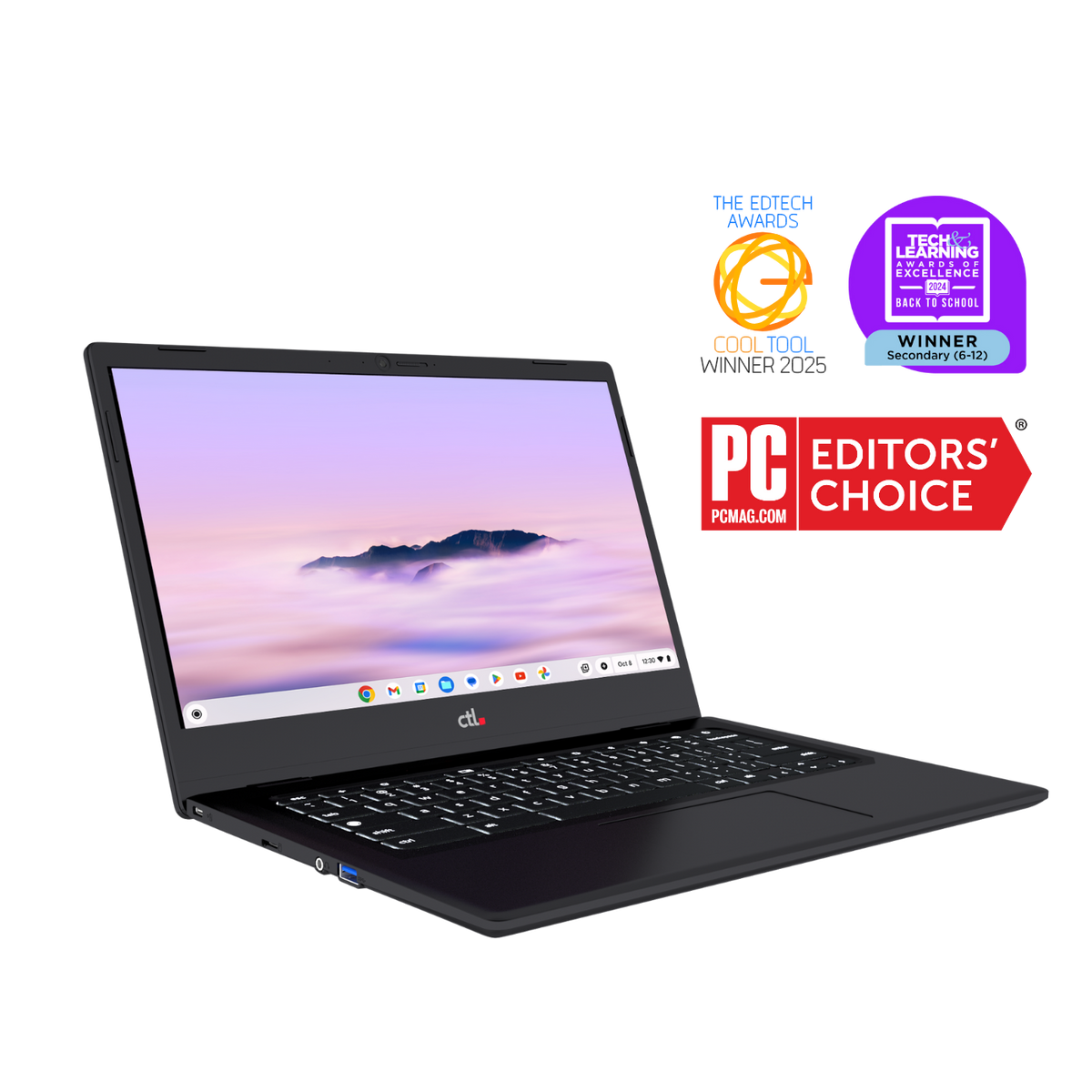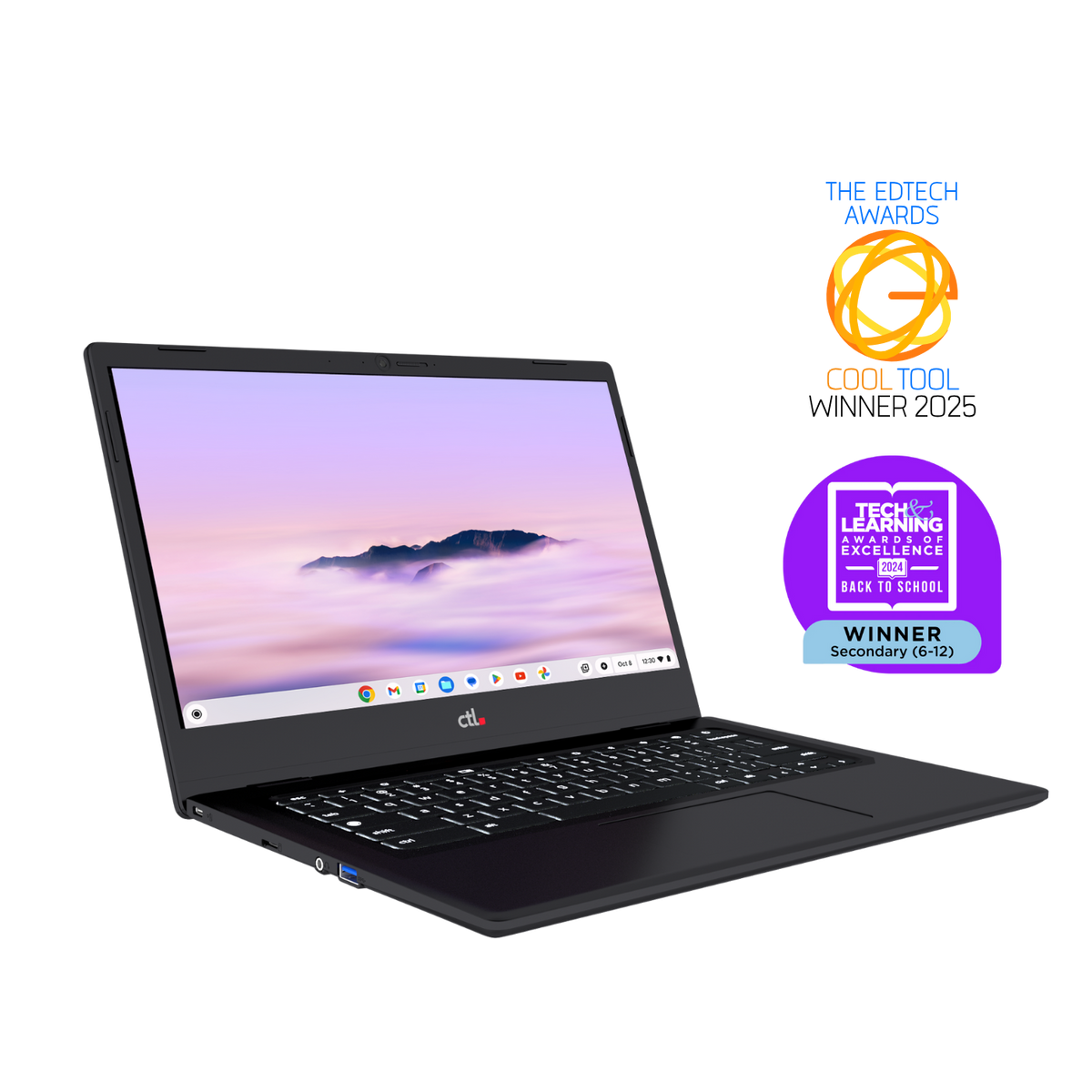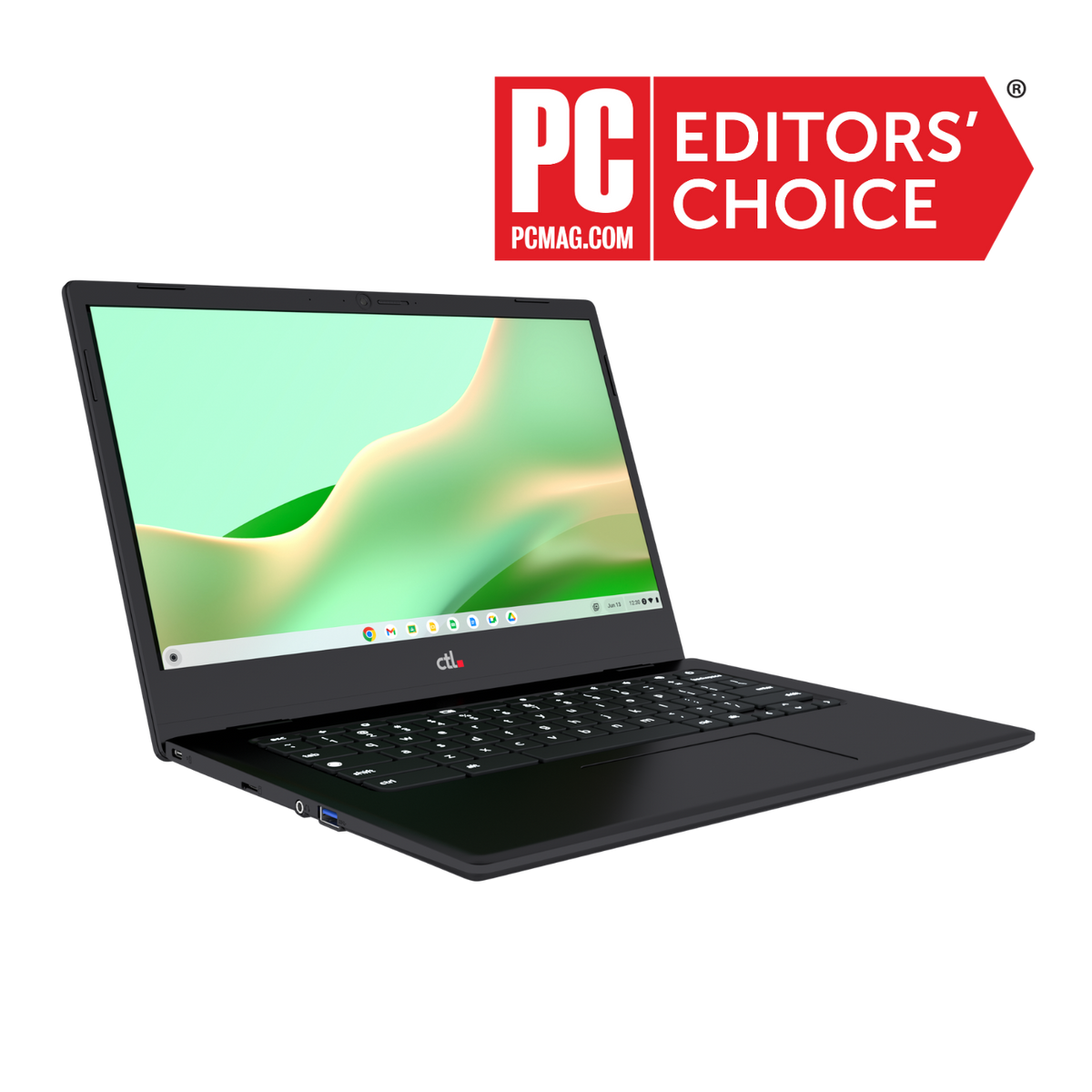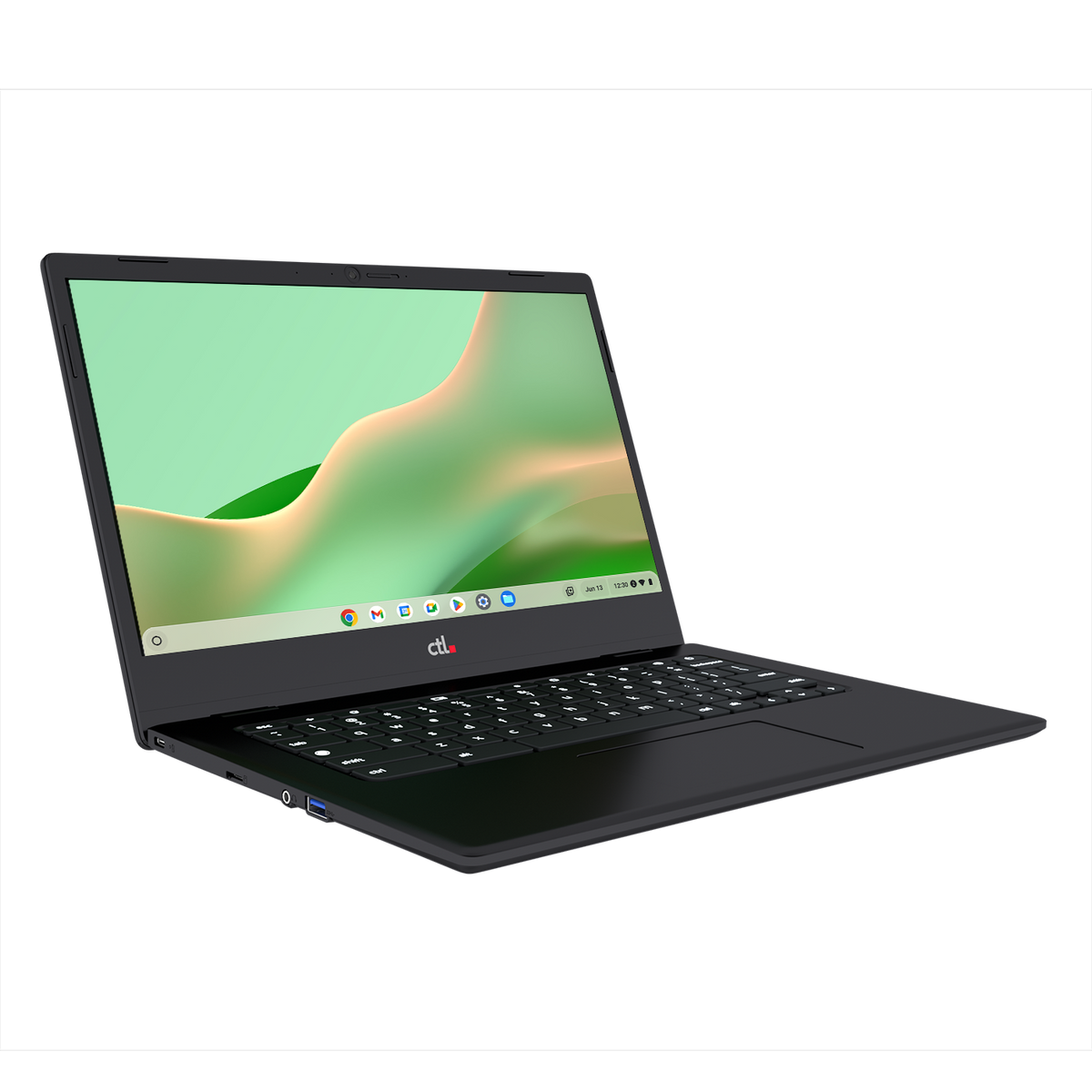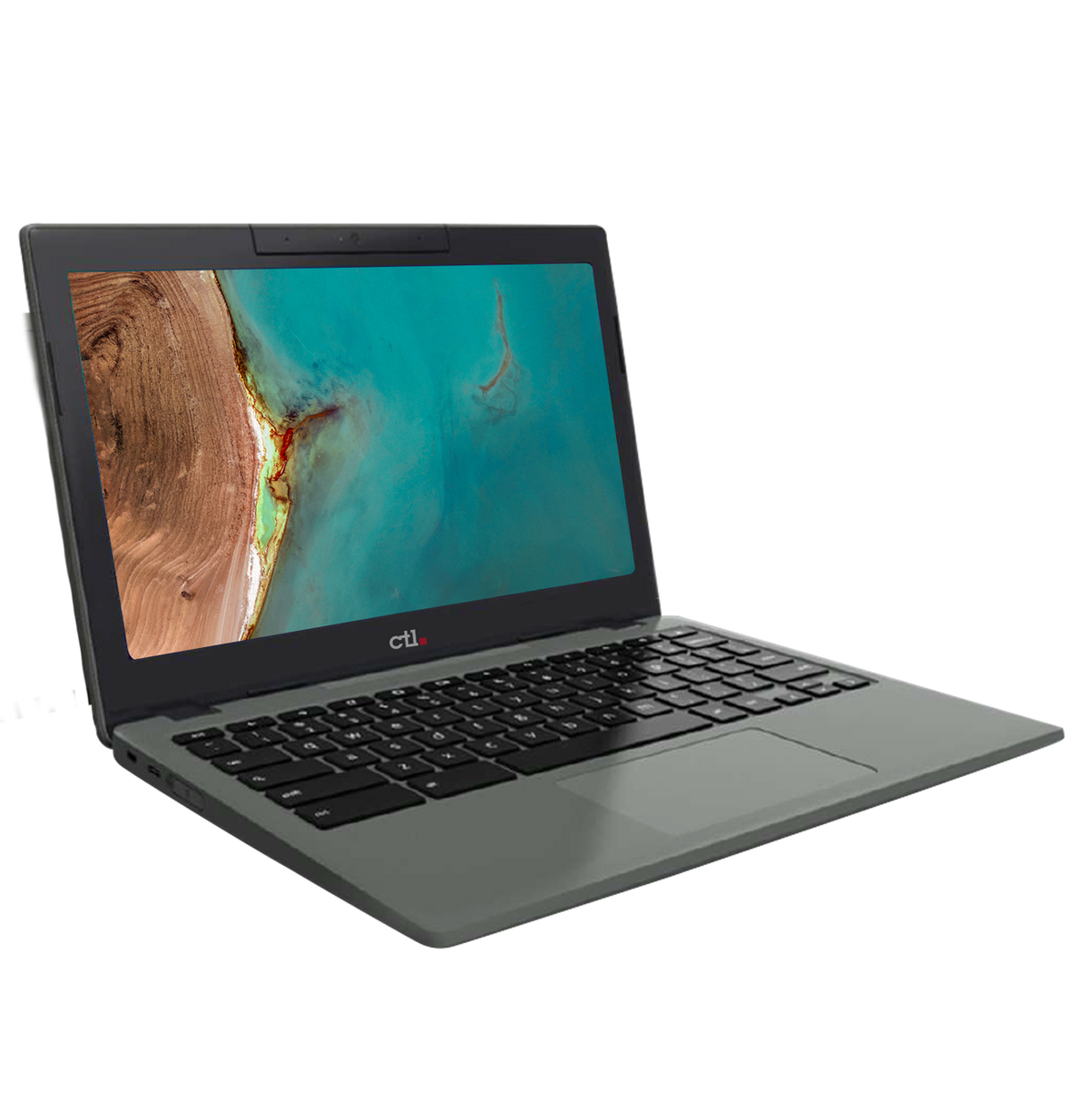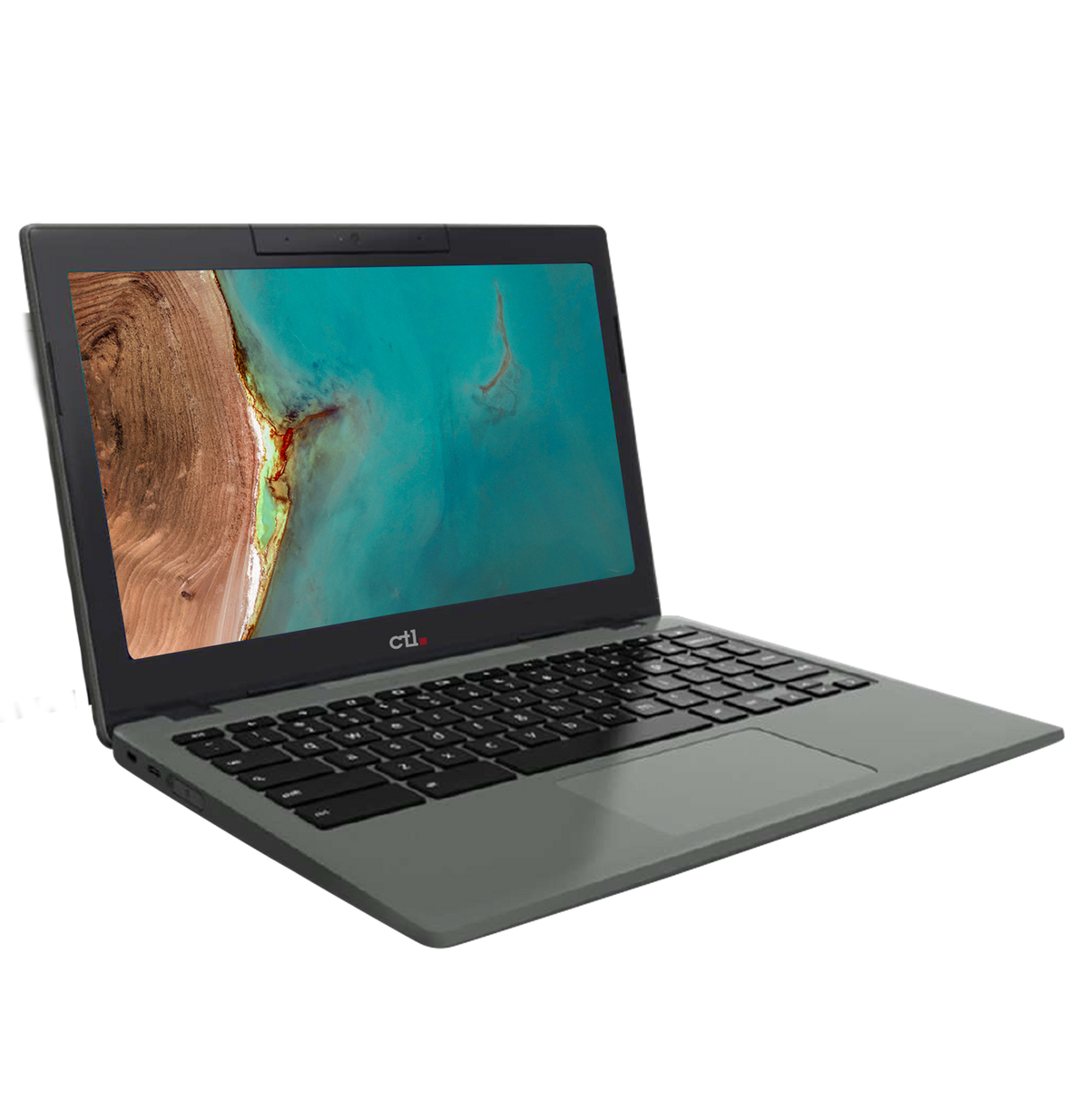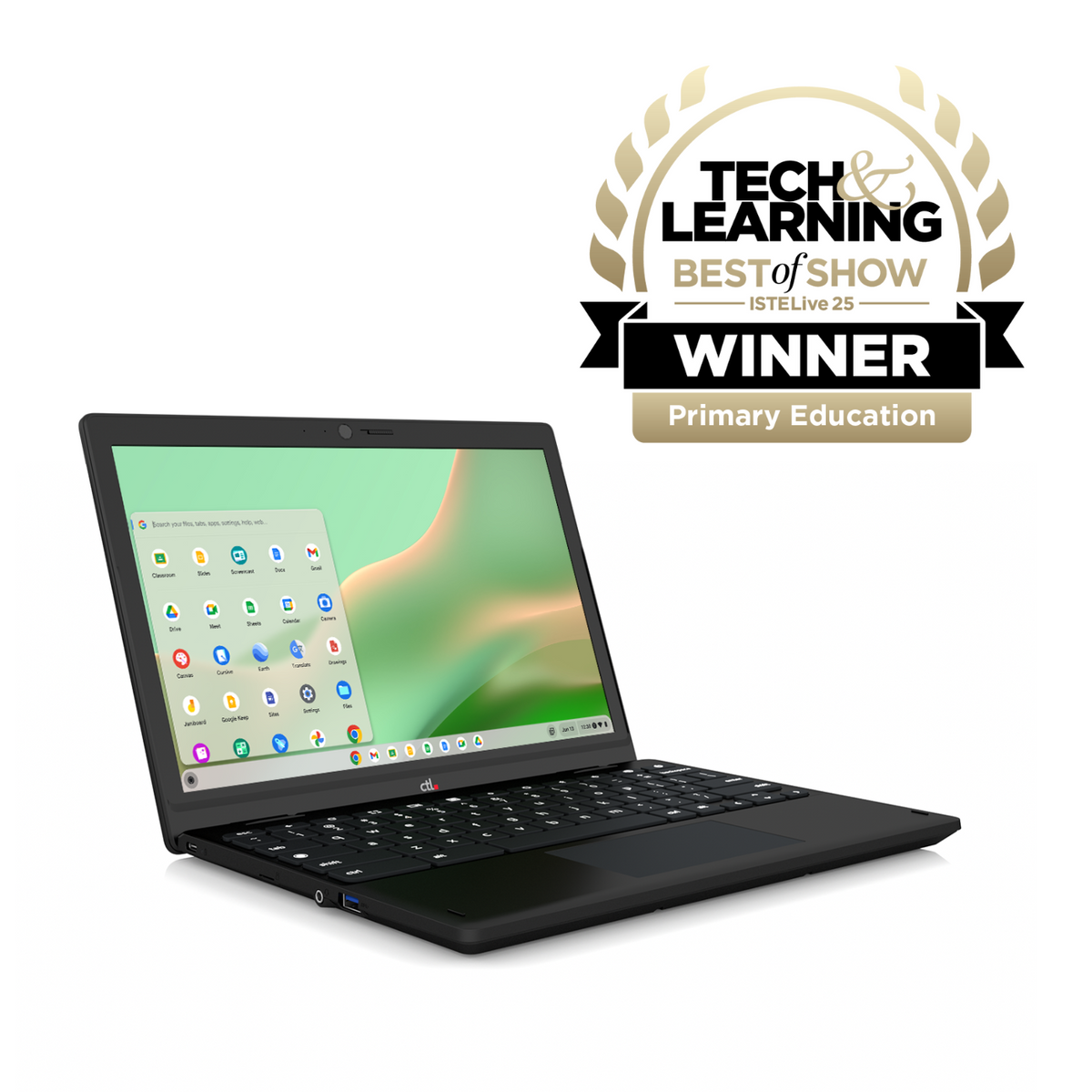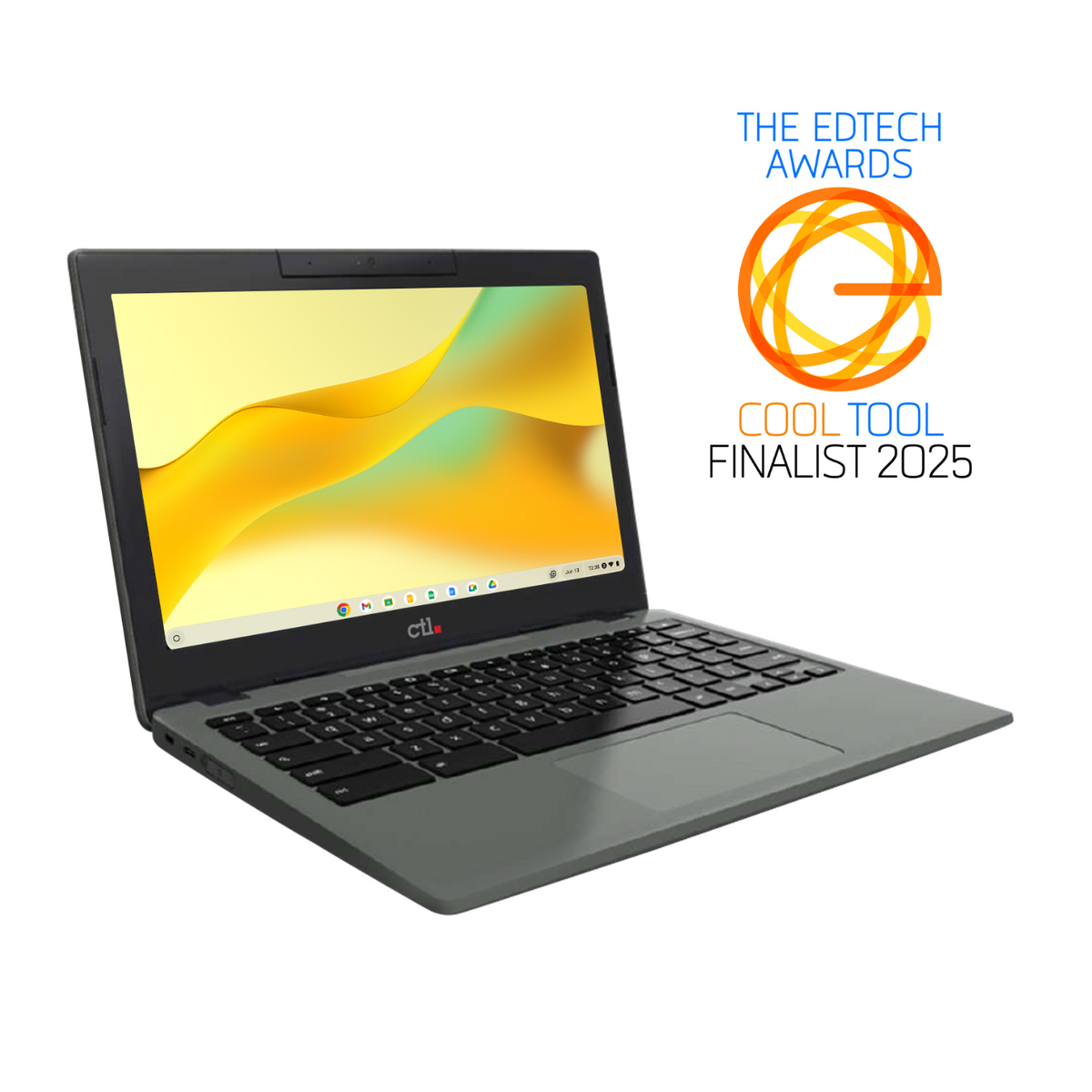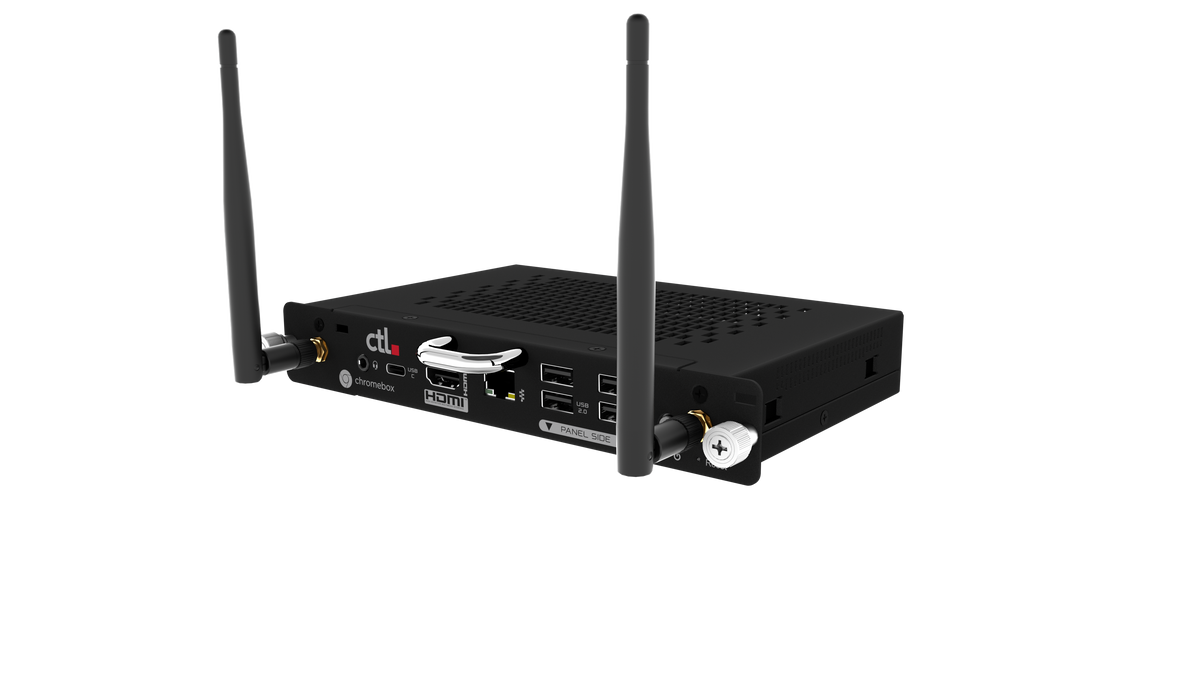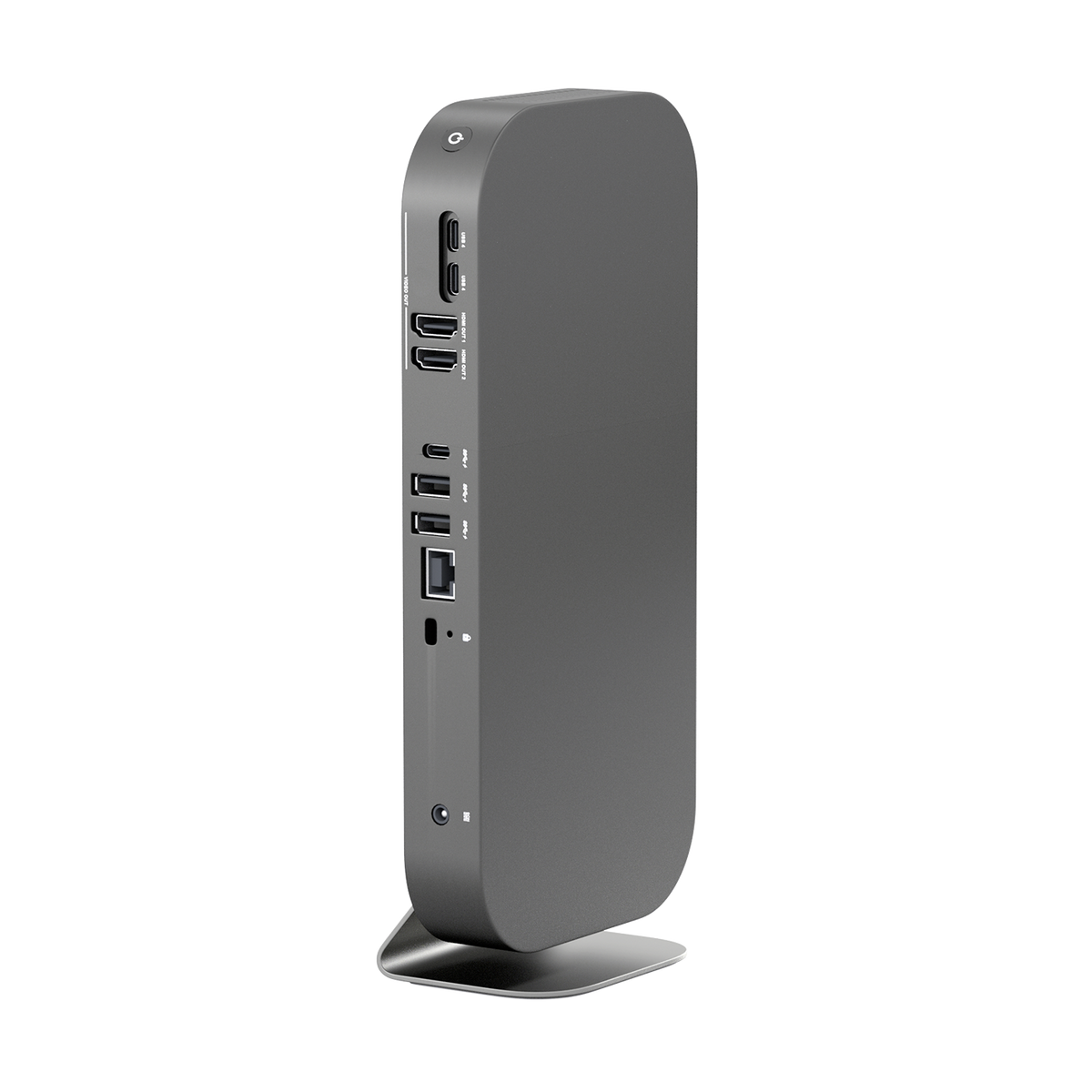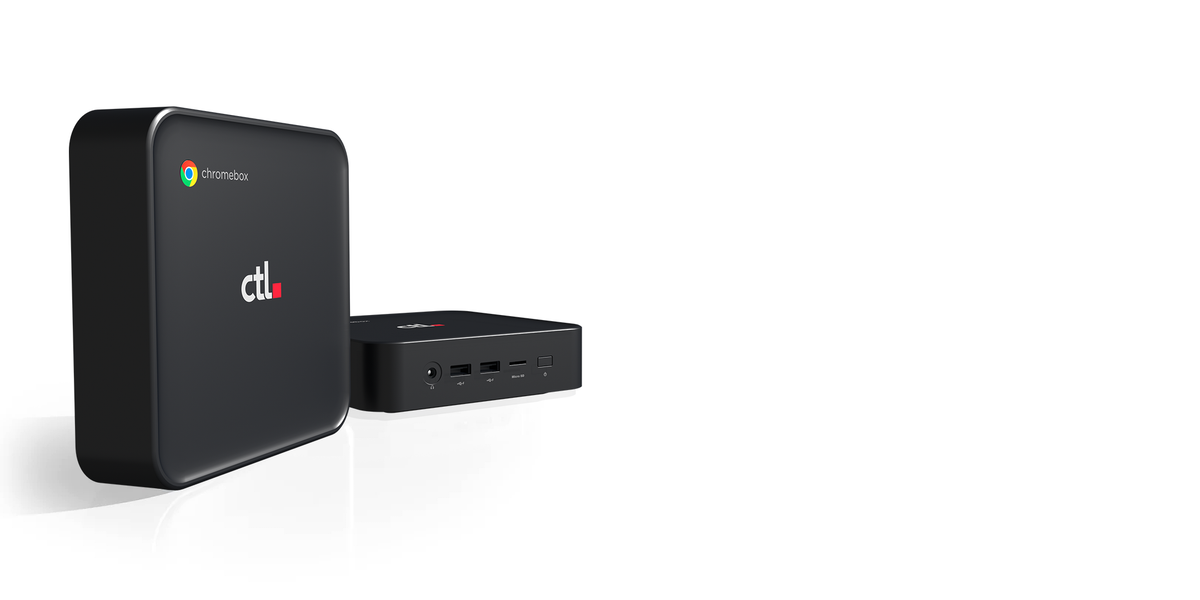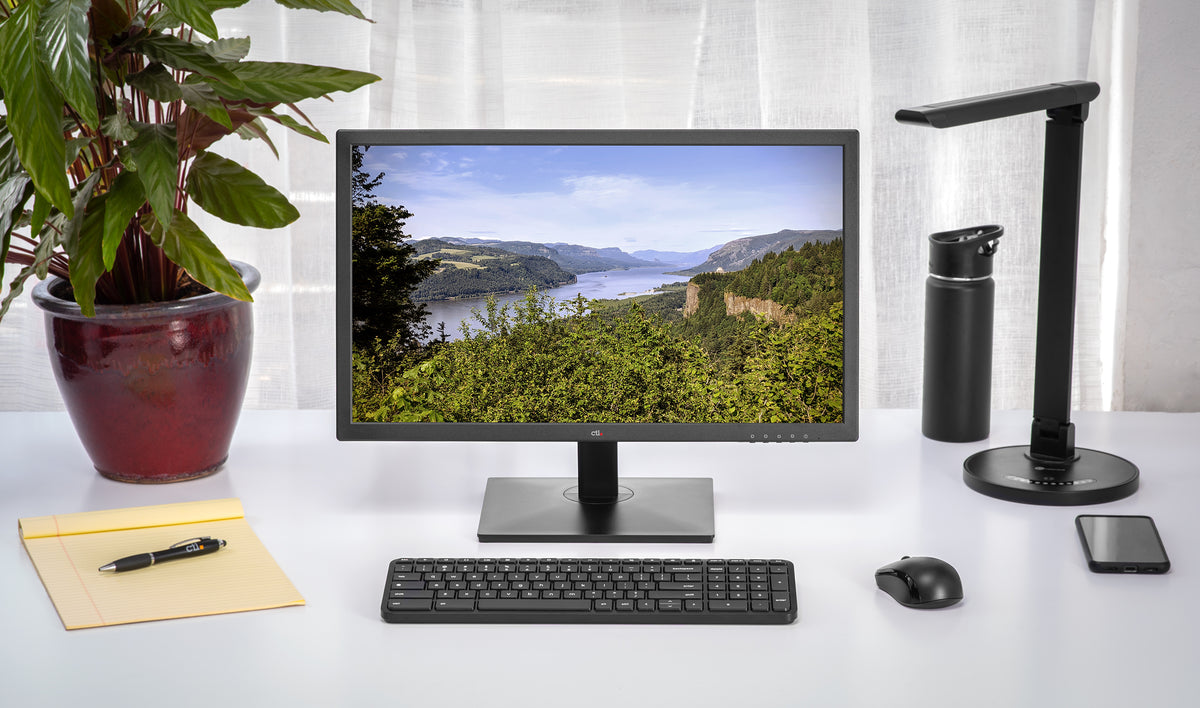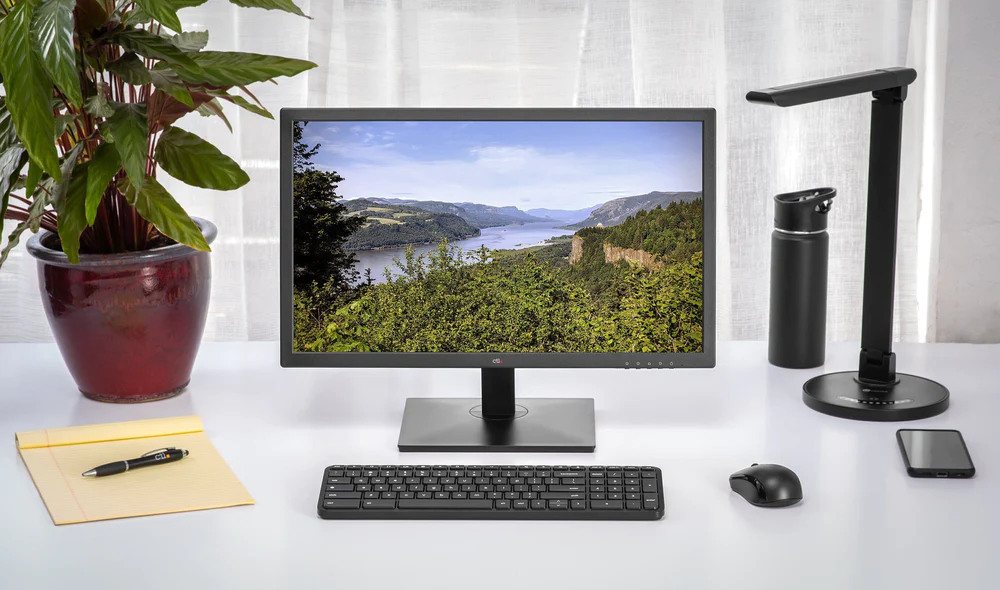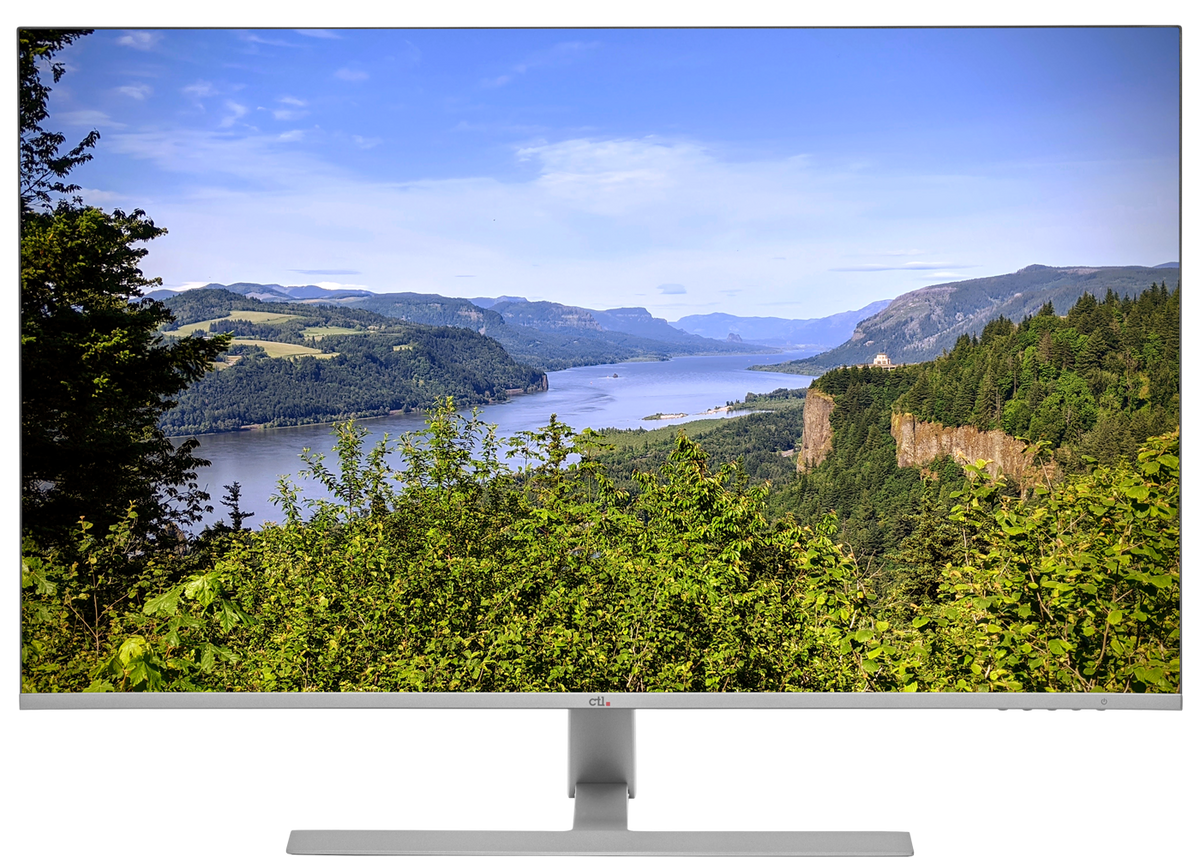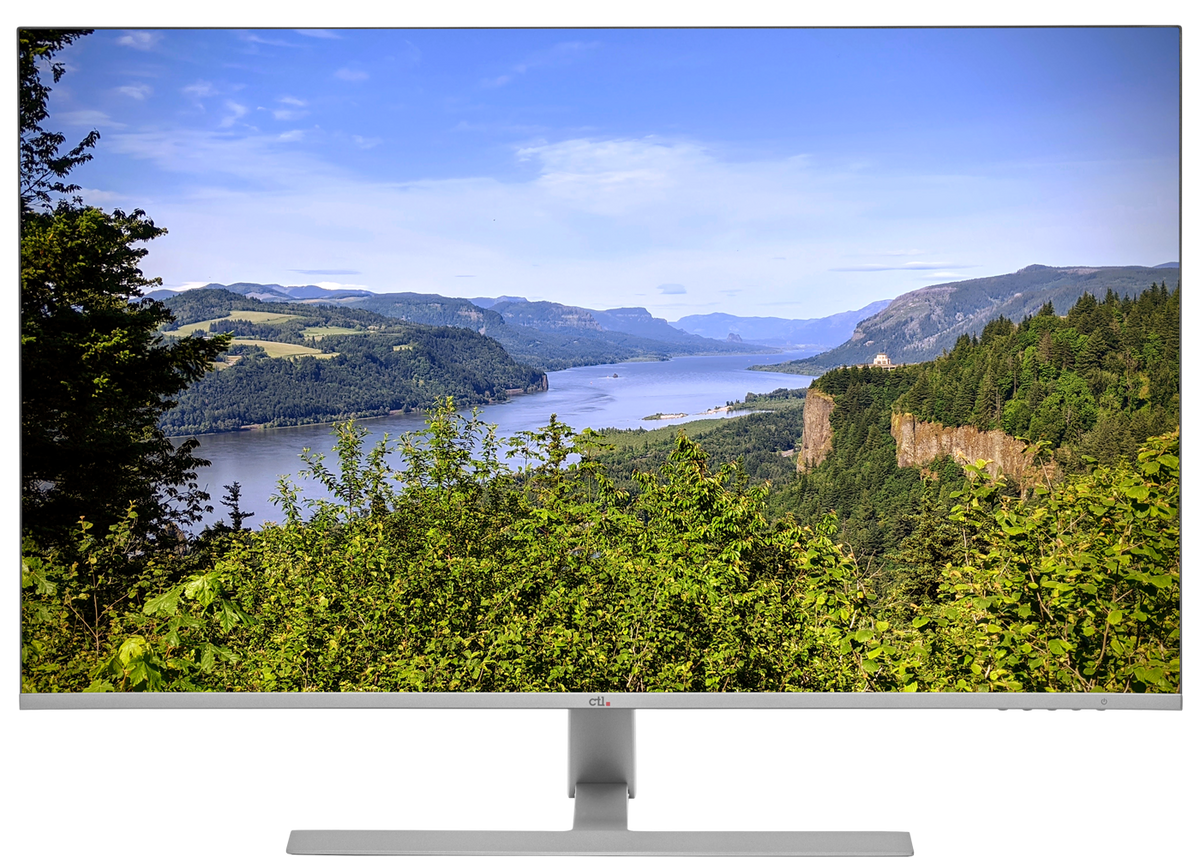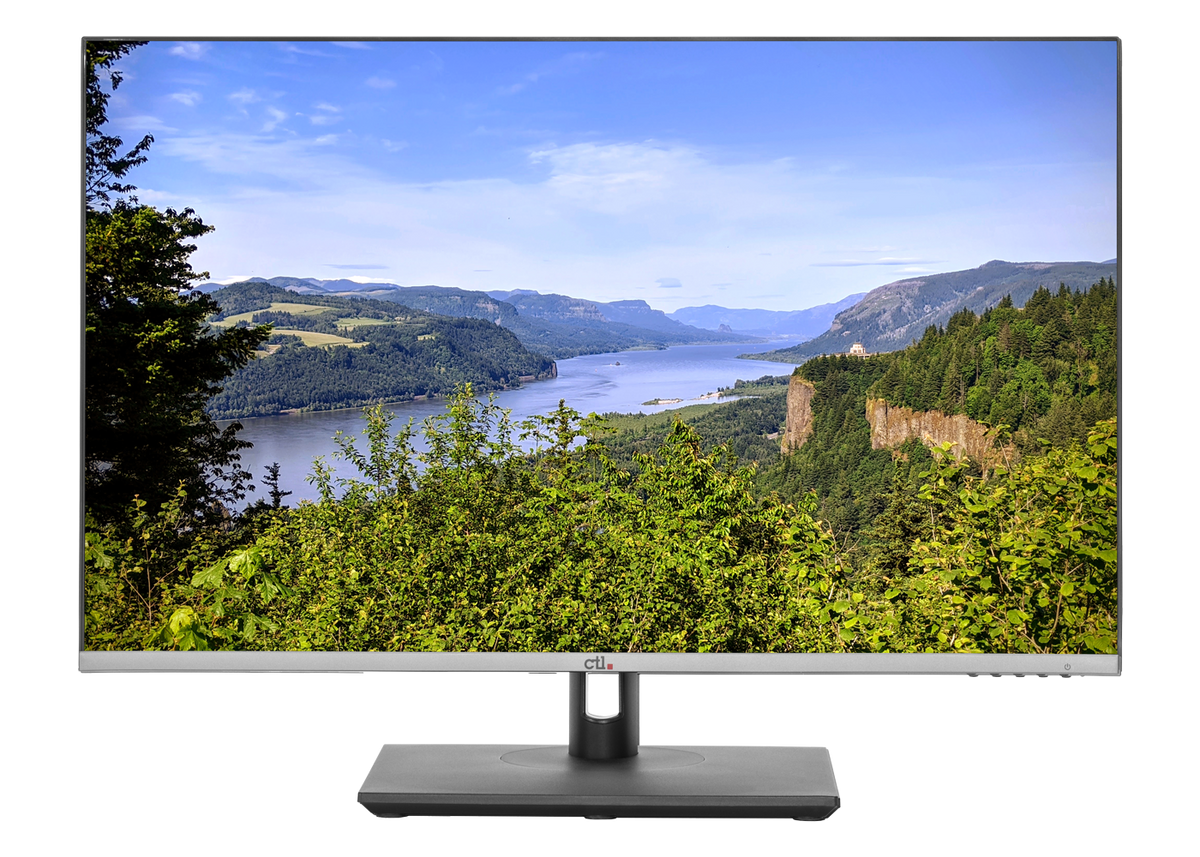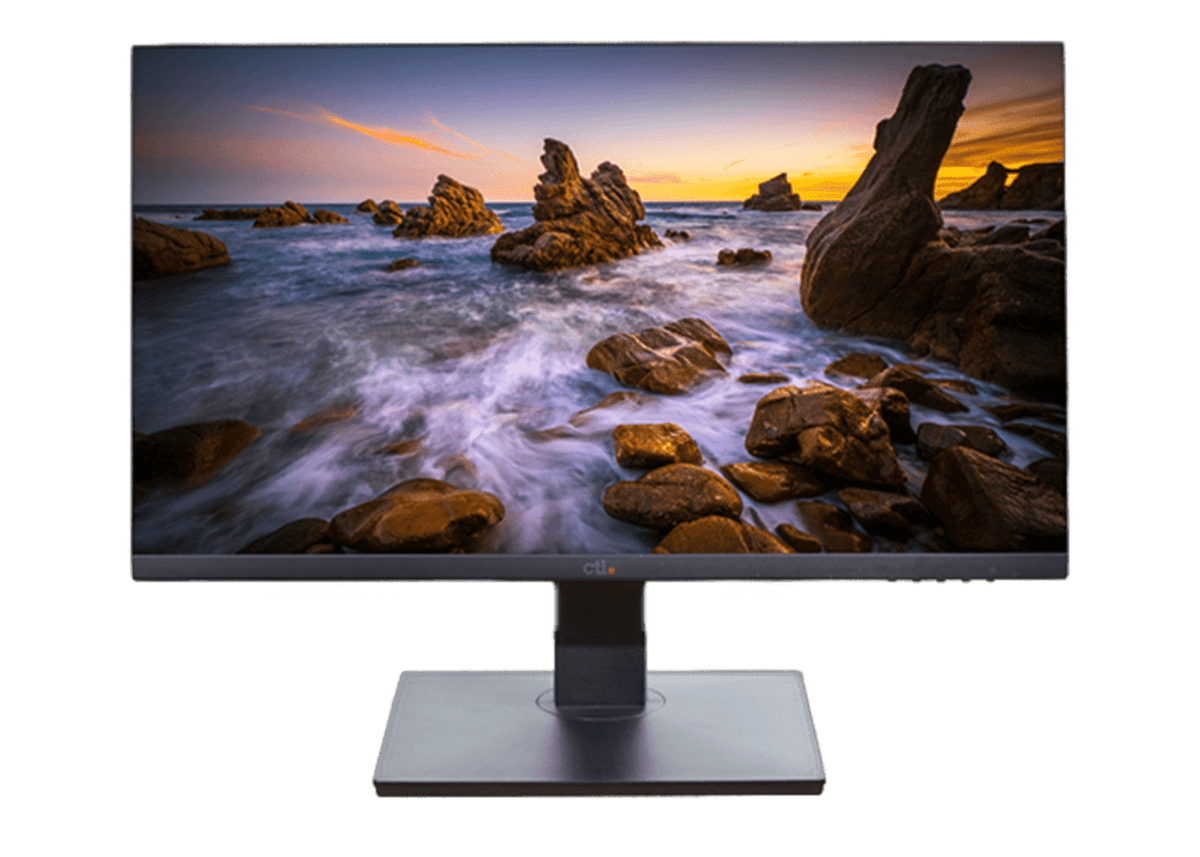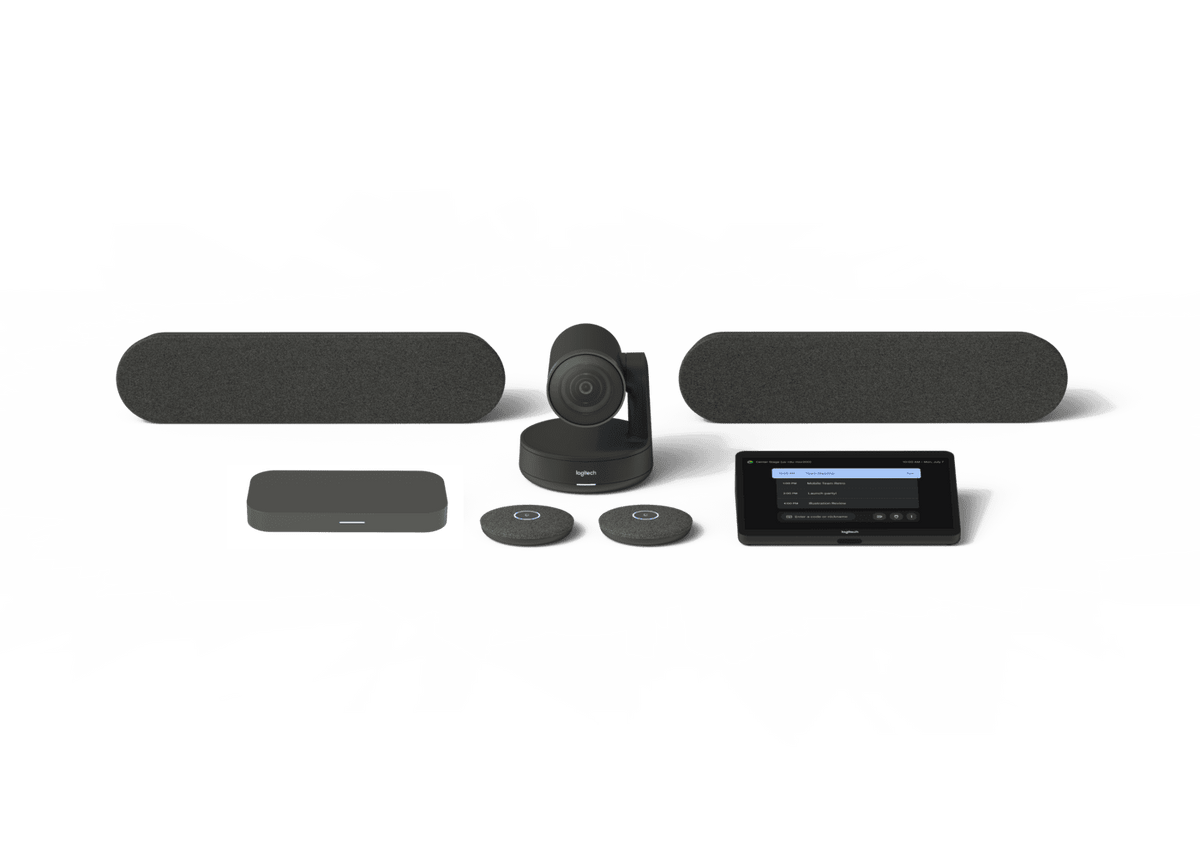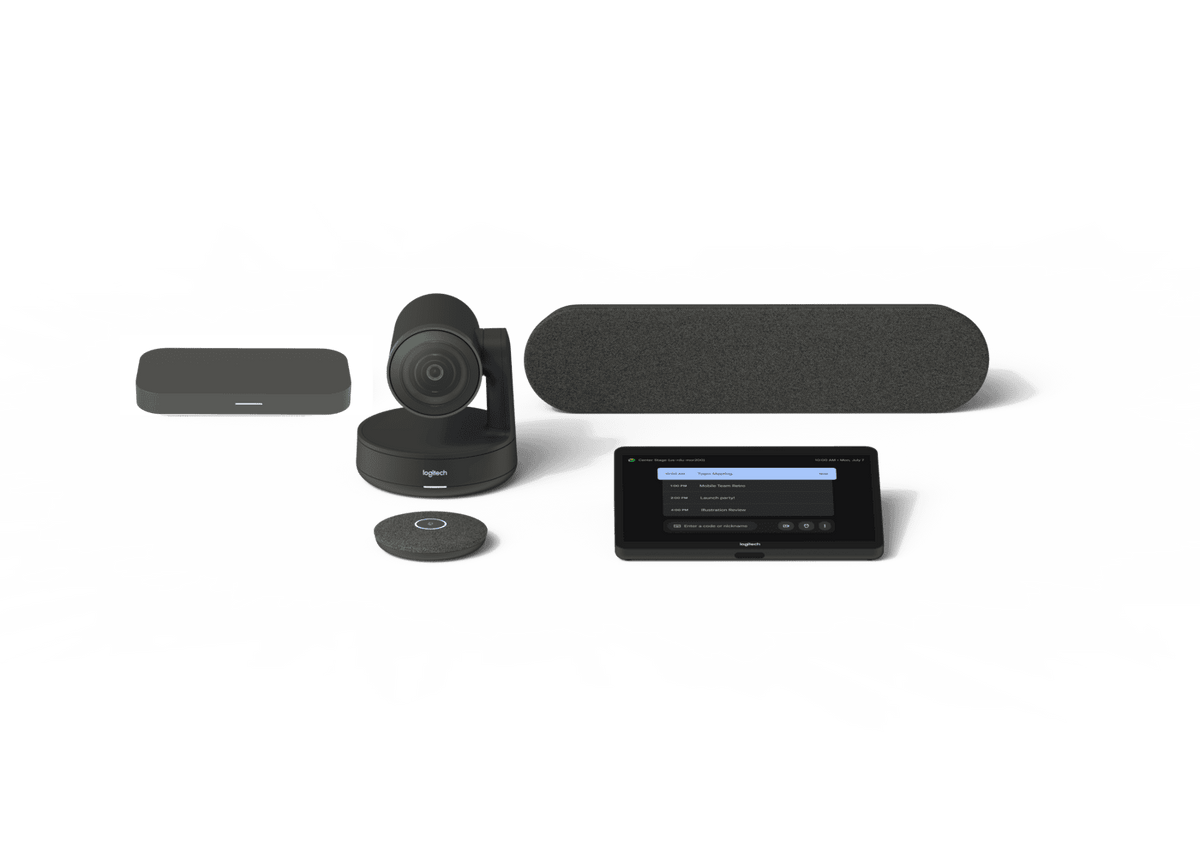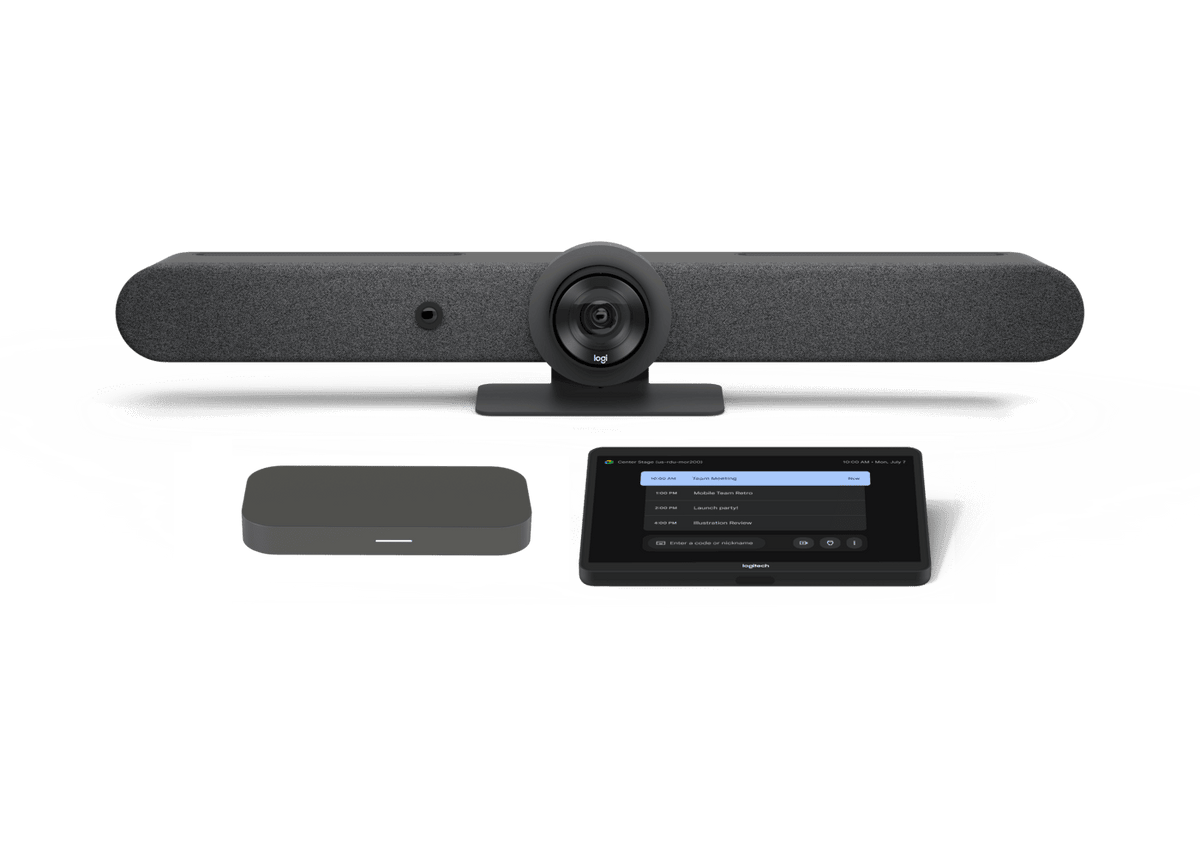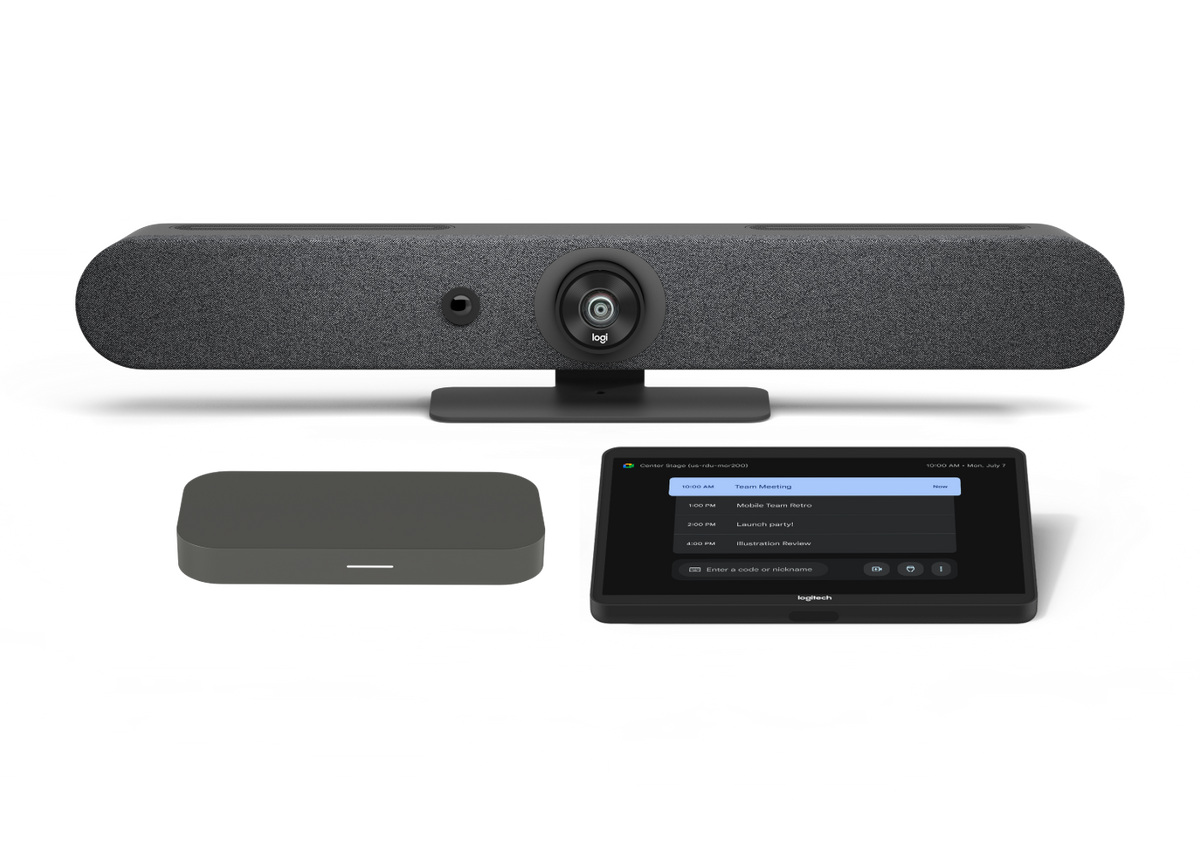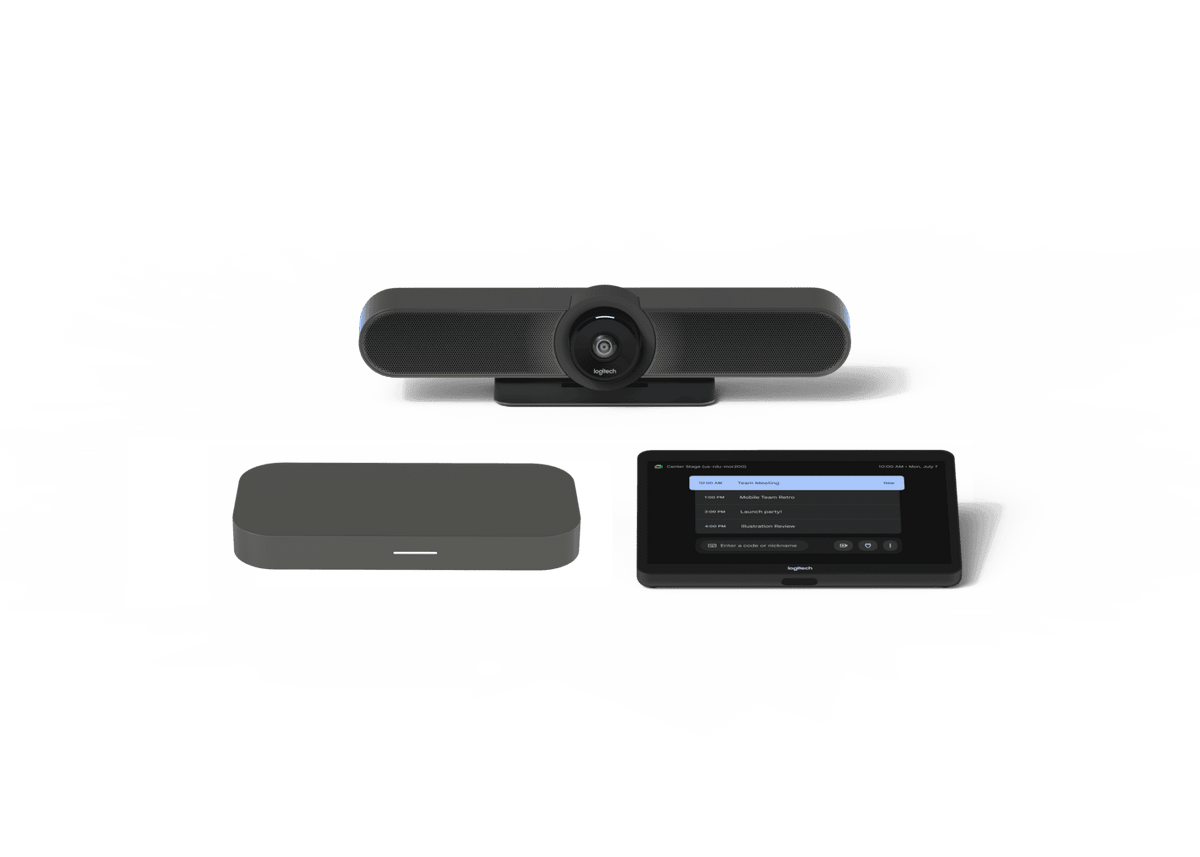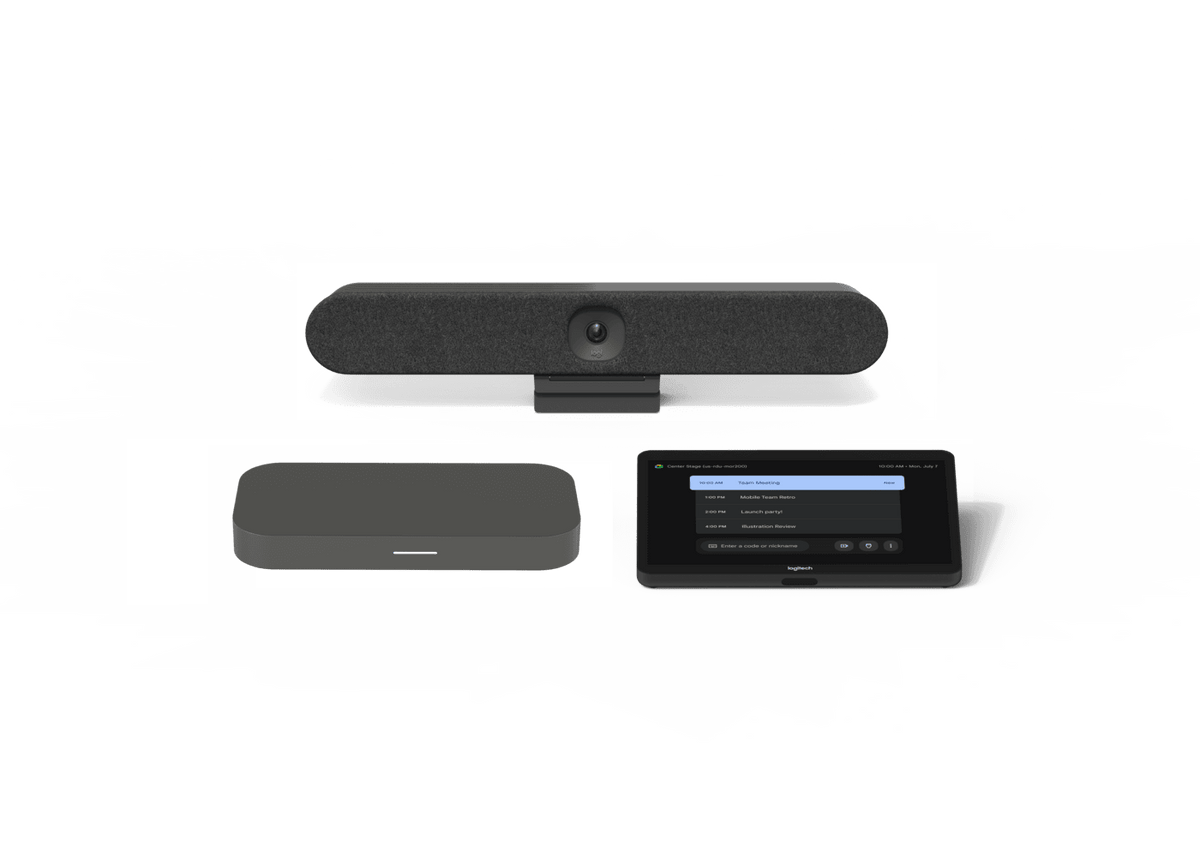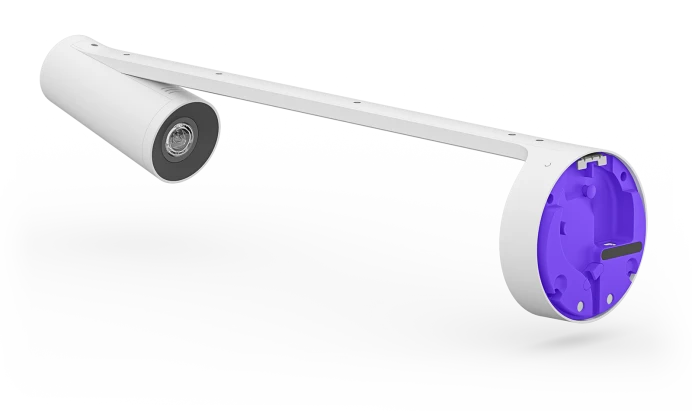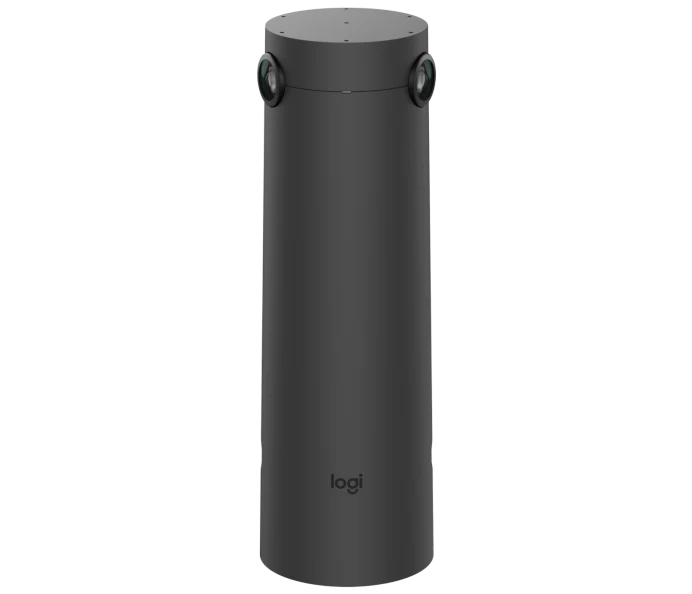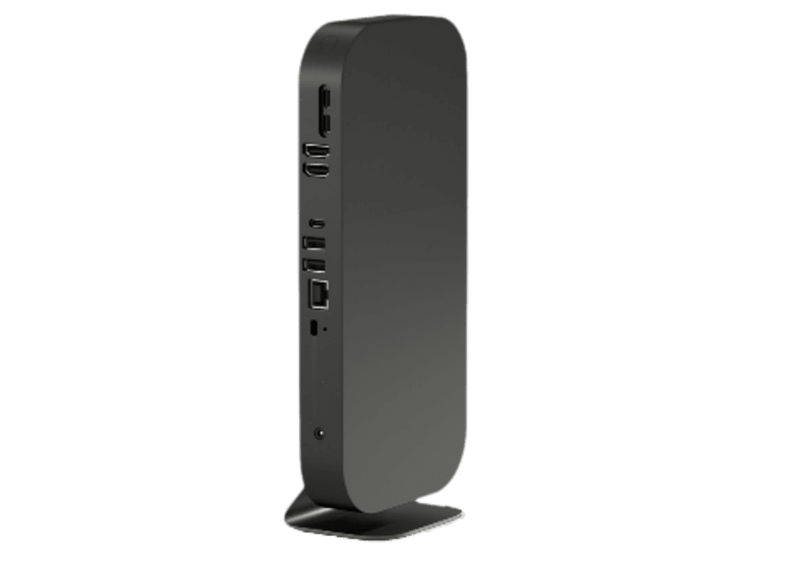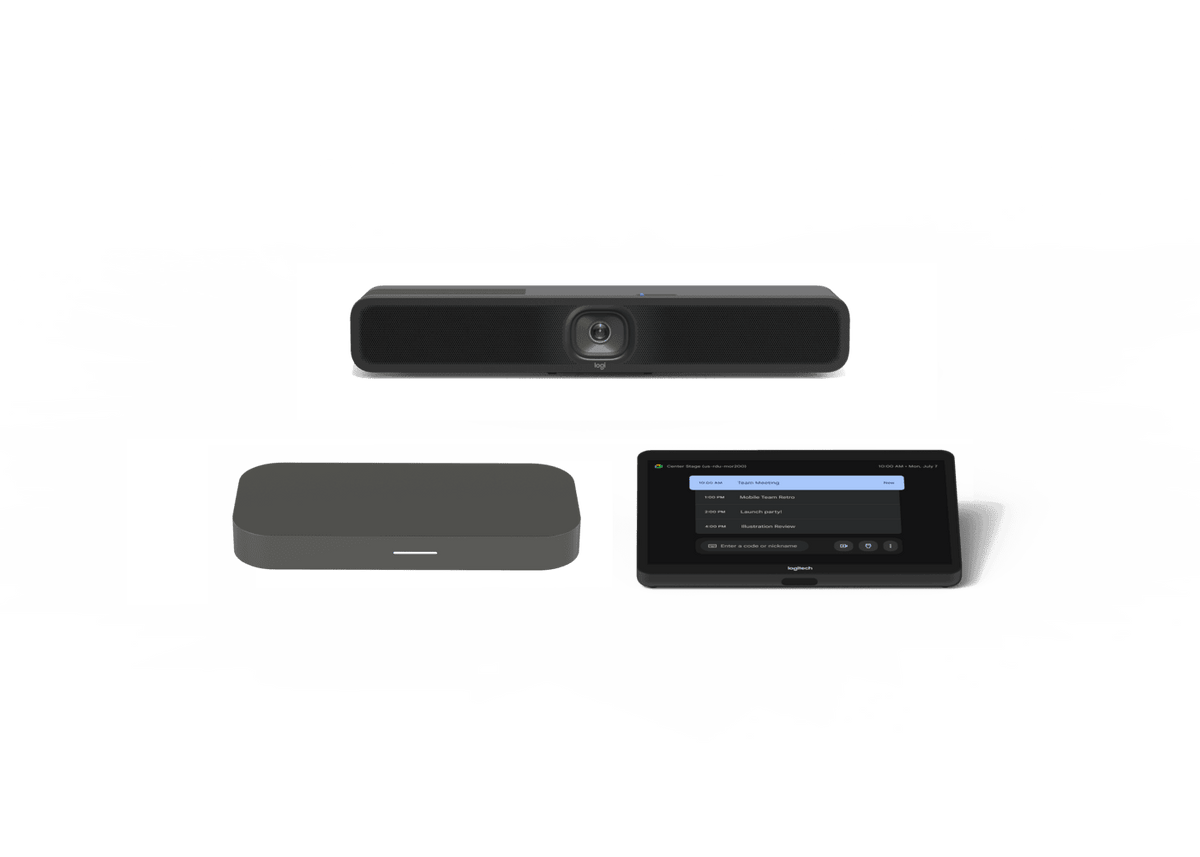Skilled trades are the backbone of our economy, but the nature of the work is rapidly evolving. The modern tradesperson—whether an automotive technician, an HVAC professional, or a cosmetologist—relies on digital tools as much as traditional ones. For trade schools, this presents a clear challenge: how do you provide a high-tech learning experience on a lean budget with limited IT staff? The answer lies in a holistic approach to information technology for trade schools, one that prioritizes an integrated ecosystem over a collection of disparate devices.
Instead of trying to manage different devices and operating systems for every user, a unified ChromeOS ecosystem offers a simple, cost-effective, and powerful solution. Studies show that managing a fleet of ChromeOS devices can greatly reduce IT management time compared to traditional Windows or macOS devices. This leads to a significantly lower total cost of ownership, allowing your school to invest more in what matters most: preparing students for the real world.
First, let’s look at the typical IT challenges faced by trade schools.
Key IT Challenges for Trade Schools
Trade schools operate in a space between a traditional high school and a specialized industrial workplace, and their technology needs reflect that.
-
💰 High Costs & Tight Budgets. Traditional Windows PCs or Macs have high upfront costs, plus licensing fees for the operating system and antivirus software. With budgets heavily allocated to expensive hands-on equipment like welding rigs, automotive lifts, or culinary-grade kitchens, IT is often asked to do more with less.
-
💻 Complex Management. A small IT team is often responsible for hundreds of devices across various programs. Manually imaging laptops, pushing software updates, managing licenses, and troubleshooting individual machines is a massive time sink that pulls staff away from more critical tasks.
-
🛡️ Security & Data Risks. With students constantly cycling through and using devices for both online research and connecting to diagnostic equipment, the risk of malware, viruses, and data breaches is significant. A single compromised device can disrupt an entire class or lab.
-
🔧 Harsh Operating Environments. Unlike a standard classroom, trade school devices are used in auto shops, kitchens, workshops, and clinics. They are exposed to dust, grease, spills, and frequent drops, leading to high rates of hardware failure for standard consumer laptops.
How ChromeOS Solves Challenges for Trade Schools
ChromeOS and Chromebooks address each of these pain points directly, making them an ideal fit for the vocational training environment.
Lower Total Cost of Ownership (TCO)
ChromeOS helps schools save money in multiple ways. Chromebooks generally have a lower upfront hardware cost than comparable Windows laptops. Furthermore, there are no separate licensing fees for the operating system or for security software, as all security features are built-in. This allows schools to redirect significant budget savings toward the specialized equipment that defines their programs.
Simplified Fleet Management ☁️
This is arguably the biggest benefit for an overstretched IT team. Using the Google Admin Console, a web-based dashboard, administrators can manage their entire fleet of devices from anywhere. Key features include:
-
Zero-touch enrollment. Devices automatically configure themselves for your school as soon as they're connected to the internet.
-
Centralized control. Push applications, set user policies (like restricting websites), and configure Wi-Fi settings for thousands of devices with just a few clicks.
-
Easy updates. The OS updates automatically and silently in the background, ensuring devices are always secure and running the latest version without any IT intervention.
Effortless Security 🔒
ChromeOS was designed with a security-first approach that virtually eliminates the need for traditional antivirus software.
-
Sandboxing. Every app and web page runs in its own isolated environment. If one part is infected, it can't affect anything else on the device.
-
Verified Boot. Each time a Chromebook starts up, it performs a self-check. If it detects any tampering or corruption, it typically repairs itself.
-
Cloud-based Profiles. Student data isn't stored on the device itself. If a Chromebook is lost, stolen, or damaged, no sensitive data is compromised. The student can just pick up another device, log in, and have their entire workspace back in seconds.
Device Durability & Flexibility 🛠️
Chromebook manufacturers offer a wide range of ruggedized devices built to military-grade durability standards (MIL-STD-810G/H). These devices often feature:
-
Spill-resistant keyboards
-
Reinforced ports and hinges
-
Drop-resistant chassis
This durability, combined with long battery life and a lightweight form factor, means students can confidently carry their device from the classroom lecture to the workshop floor to look up schematics or enter diagnostic data.
Running Legacy & Specialized Software
A common concern is how to run specialized, Windows-only software (e.g., certain automotive diagnostic programs or building design tools). ChromeOS solves this through Virtual App Delivery (VAD). Using solutions like Cameyo or VMware Horizon, a school can securely stream a specific Windows application to any Chromebook, giving students access to the exact tools they need without the security and management overhead of a full Windows device.
The Unified ChromeOS Toolset: Your IT Solution
A unified ChromeOS ecosystem provides an affordable, easy-to-manage device solution for everyone on campus.
-
Chromebooks. These are the mobile workhorses for students and faculty. Their low cost makes it possible to provide a 1:1 device to every student, ensuring equitable access to digital resources. They are also built to be durable, making them ideal for the tough environments of an electrician or plumbing school.
-
Chromebox. For labs, administrative offices, or specialized software access, a Chromebox paired with a monitor is a secure and cost-effective desktop solution. This is perfect for administrative needs at a cosmetology school or for running diagnostic software in a confined lab setting. They are also an easily managed option for powering your school's digital campus signage.
-
Chromebox OPS. These are designed for interactive flat-panel displays. Integrated with a Chromebox, they turn standard classroom displays into powerful, collaborative tools. This setup is perfect for dynamic, hands-on lessons, allowing instructors and students to share screens, annotate diagrams, and work together on digital blueprints, bringing a new level of interactivity to the classroom.
-
Google Meet Systems. Information technology for trade schools isn't just for students. Google Meet systems can be integrated into classrooms for hybrid learning, remote guest speakers from the industry, or virtual consultations with instructors. They are also essential for staff virtual meetings and inter-campus communication.
All of these devices are managed from a single, centralized dashboard: the Google Admin Console. This simplicity frees up your IT staff to focus on strategic initiatives rather than on the deep logistics required for a mix of Windows or macOS devices.
The Value of an IT Lifecycle Partnership
A modern technology strategy extends far beyond the initial purchase of hardware. The most successful institutions partner with a provider who supports the entire technology lifecycle. When building your information technology for trade schools plan, look for a provider that offers the following:
-
1:1 program consulting and planning. A good provider offers personalized service and can customize a technology program to fit your school's unique needs, from device selection to program rollout.
-
Deployment & management. Device deployment can be a huge time sink. Partner with a provider who offers time-saving services like Zero-Touch Enrollment (ZTE) and white-glove setup. These services ensure that new devices are automatically configured and ready for students to use from day one.
-
Maintenance & support. Device downtime directly impacts learning. A strong lifecycle partner offers expert repair services with a quick turnaround time to minimize disruptions. They also provide access to genuine parts and ongoing service to extend the life of your technology. Be sure to investigate protection plans for all your devices, including accidental damage plans.
-
End-of-life & ITAD. A comprehensive IT Asset Disposition (ITAD) program enhances your school's sustainability and helps you reclaim value from old equipment. ITAD is a strategic process that helps institutions trade in old devices for recycling or credit toward new purchases. Look for a provider who also offers certified data destruction to securely wipe any sensitive student data, providing auditable proof of compliance.
By embracing a unified ChromeOS ecosystem and a complete lifecycle management strategy, skilled trade schools can provide students with the digital learning they need to succeed in the modern workforce, all while ensuring their technology program is efficient, secure, and sustainable.
View CTL solutions for higher education.
